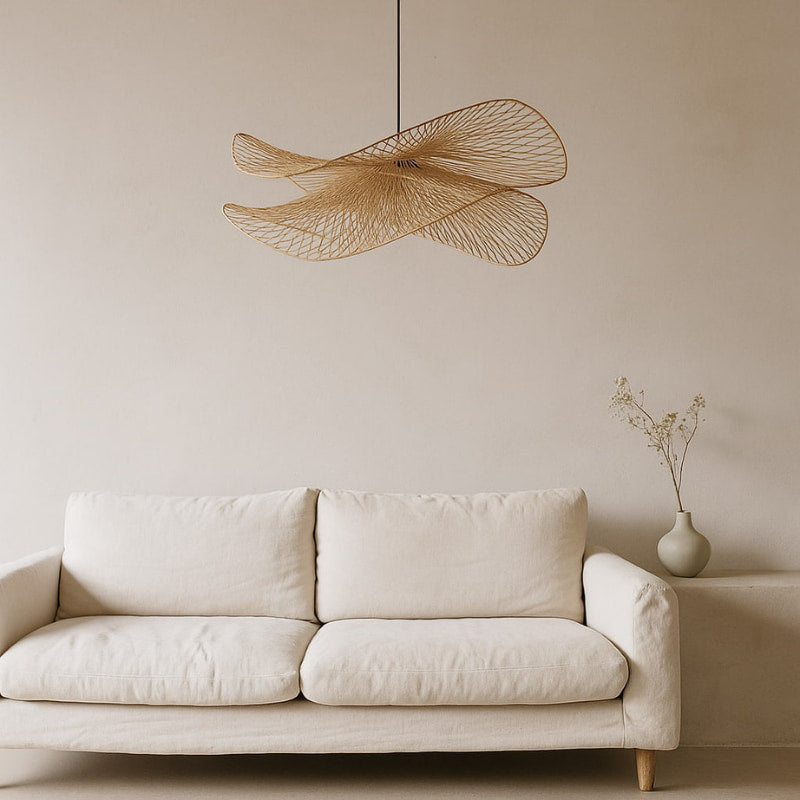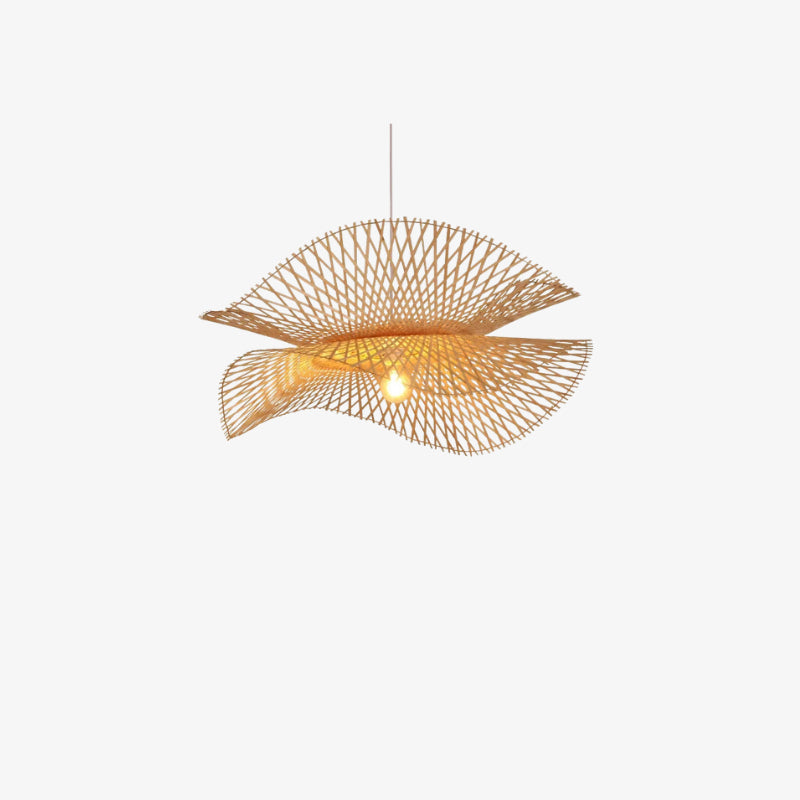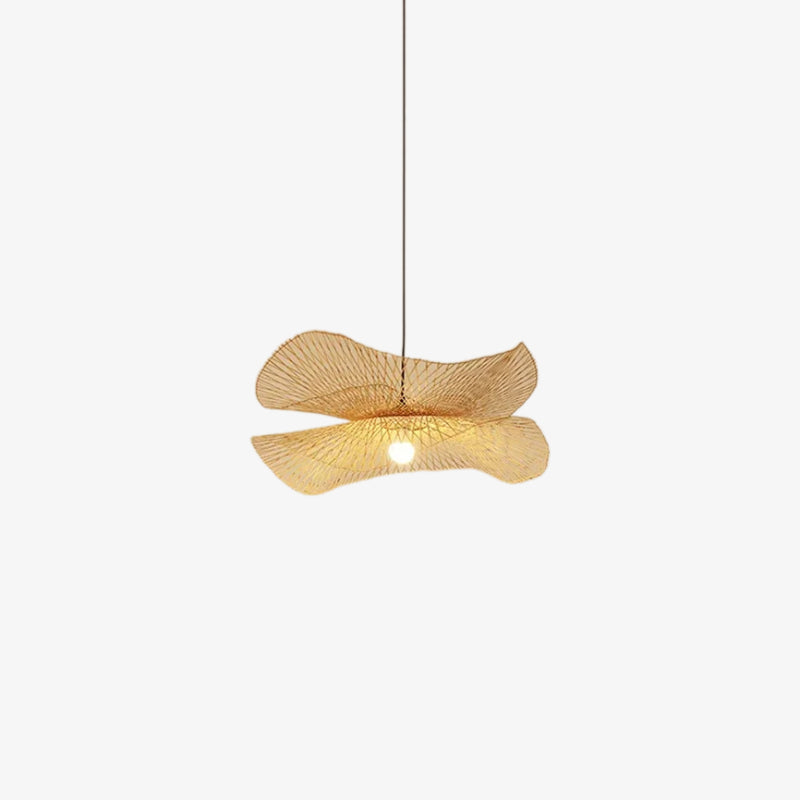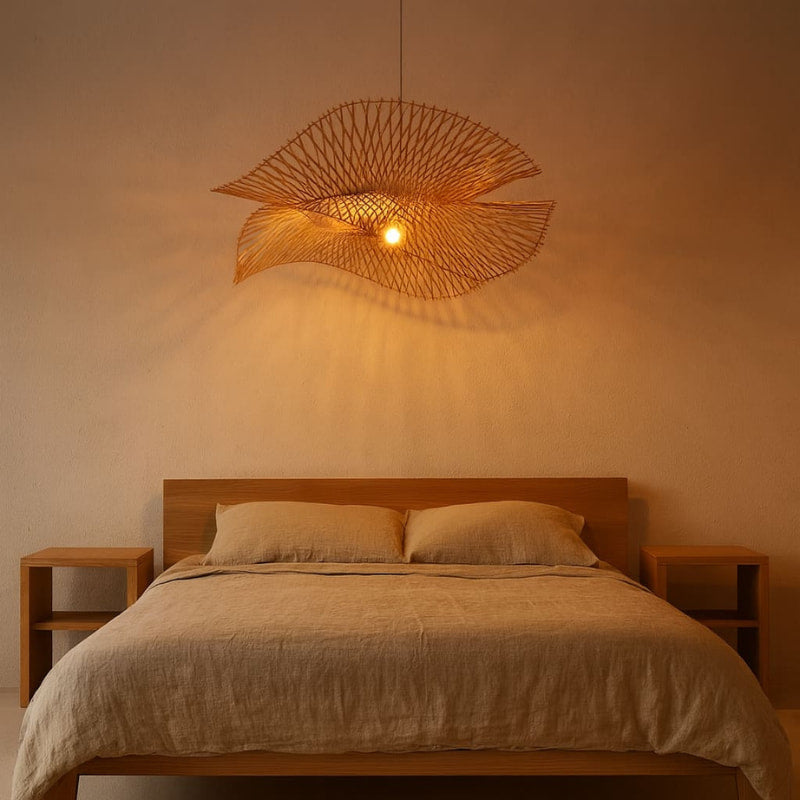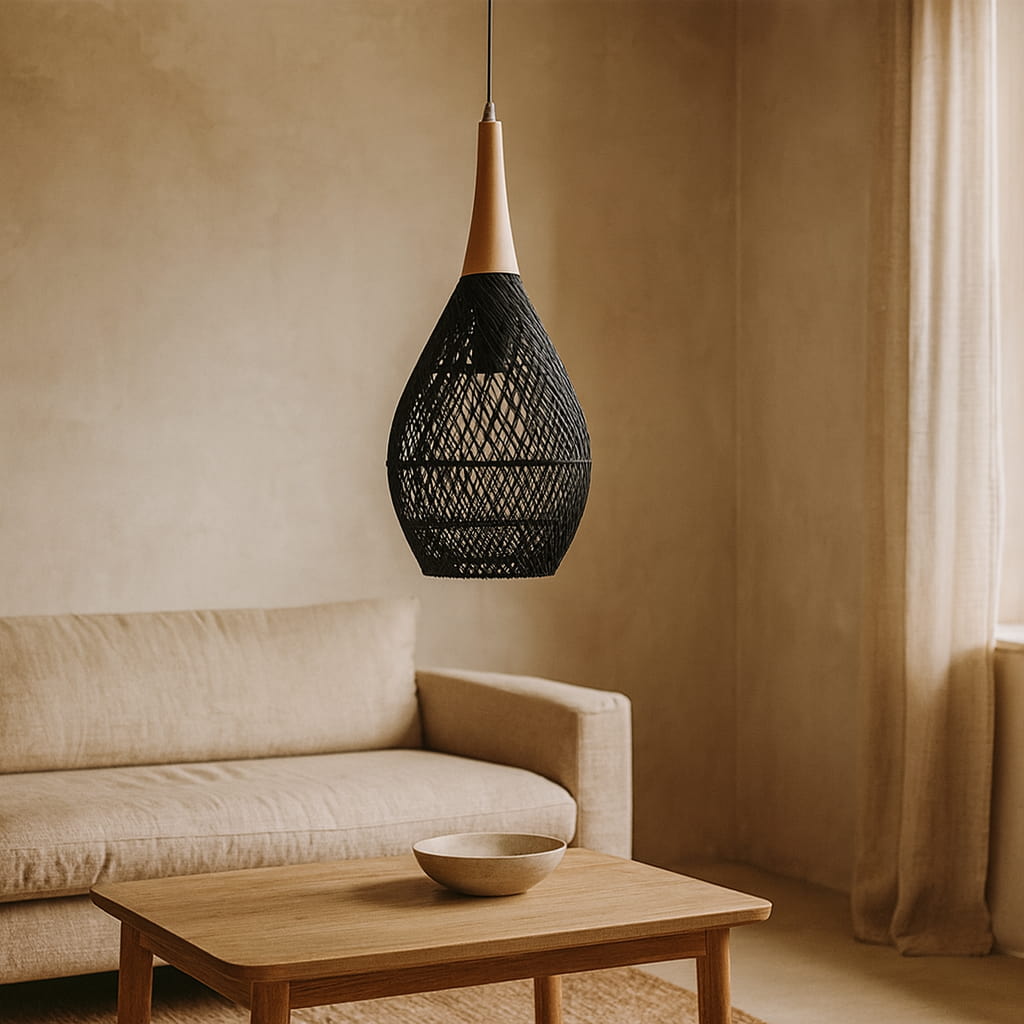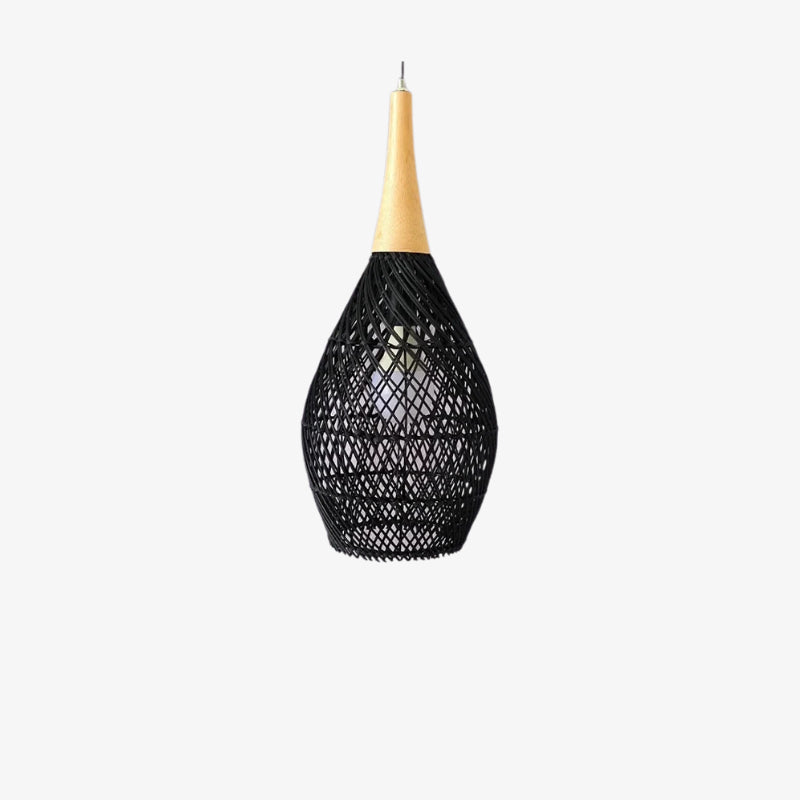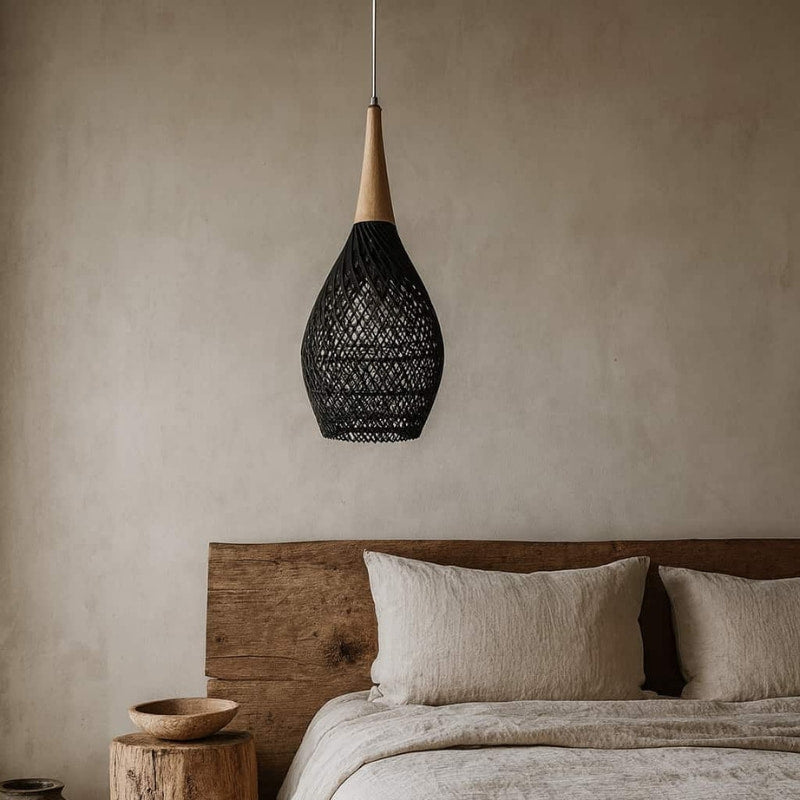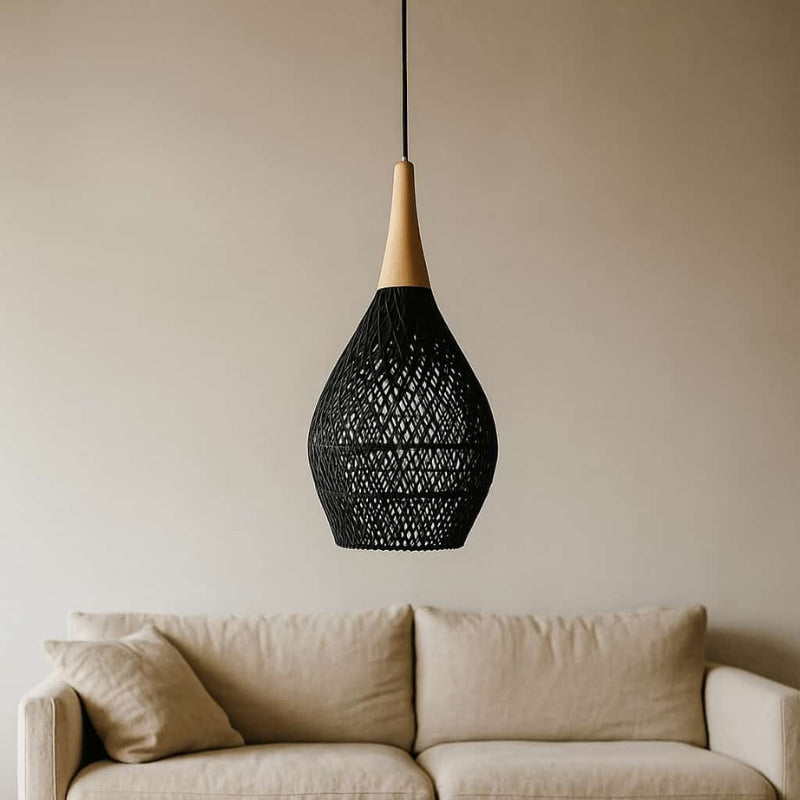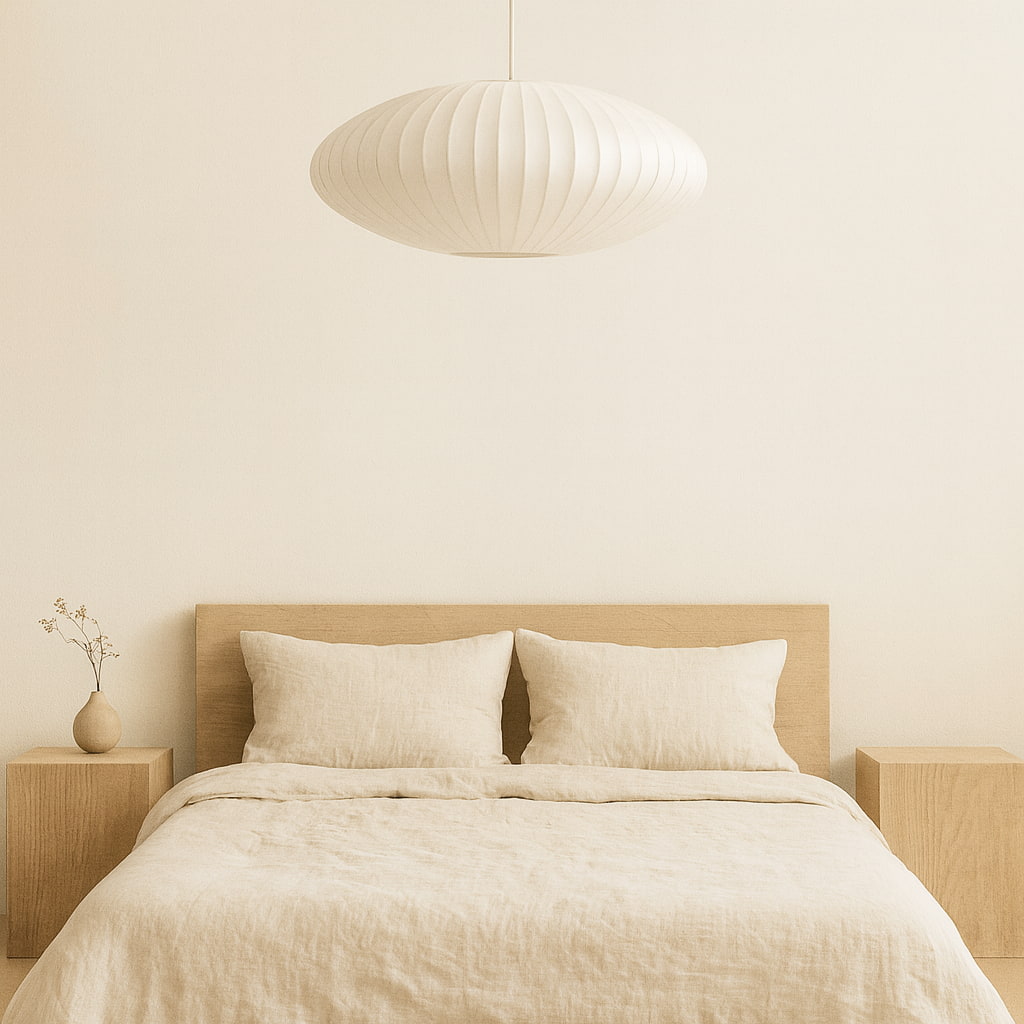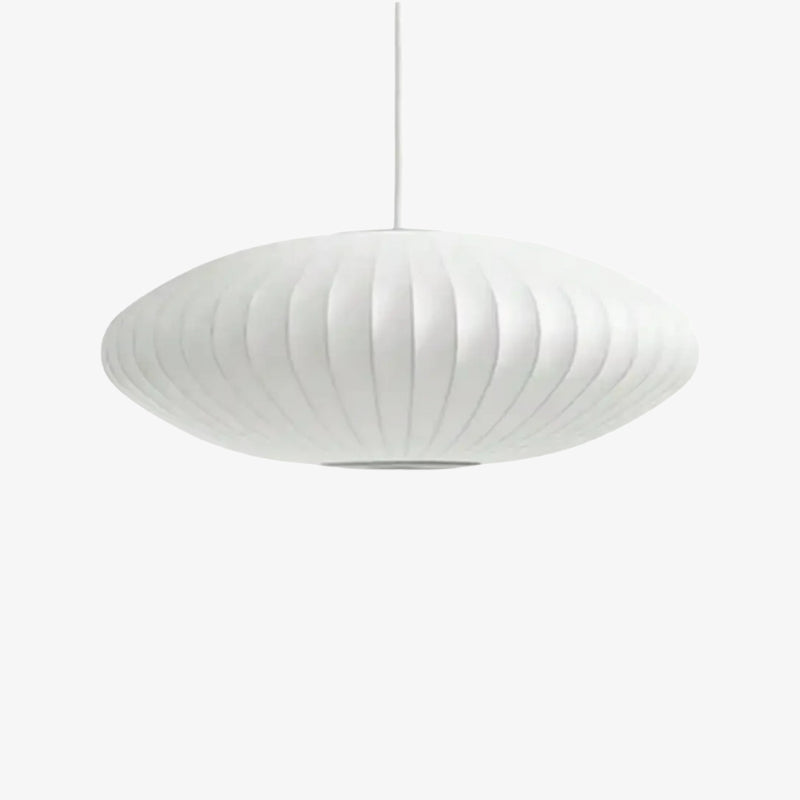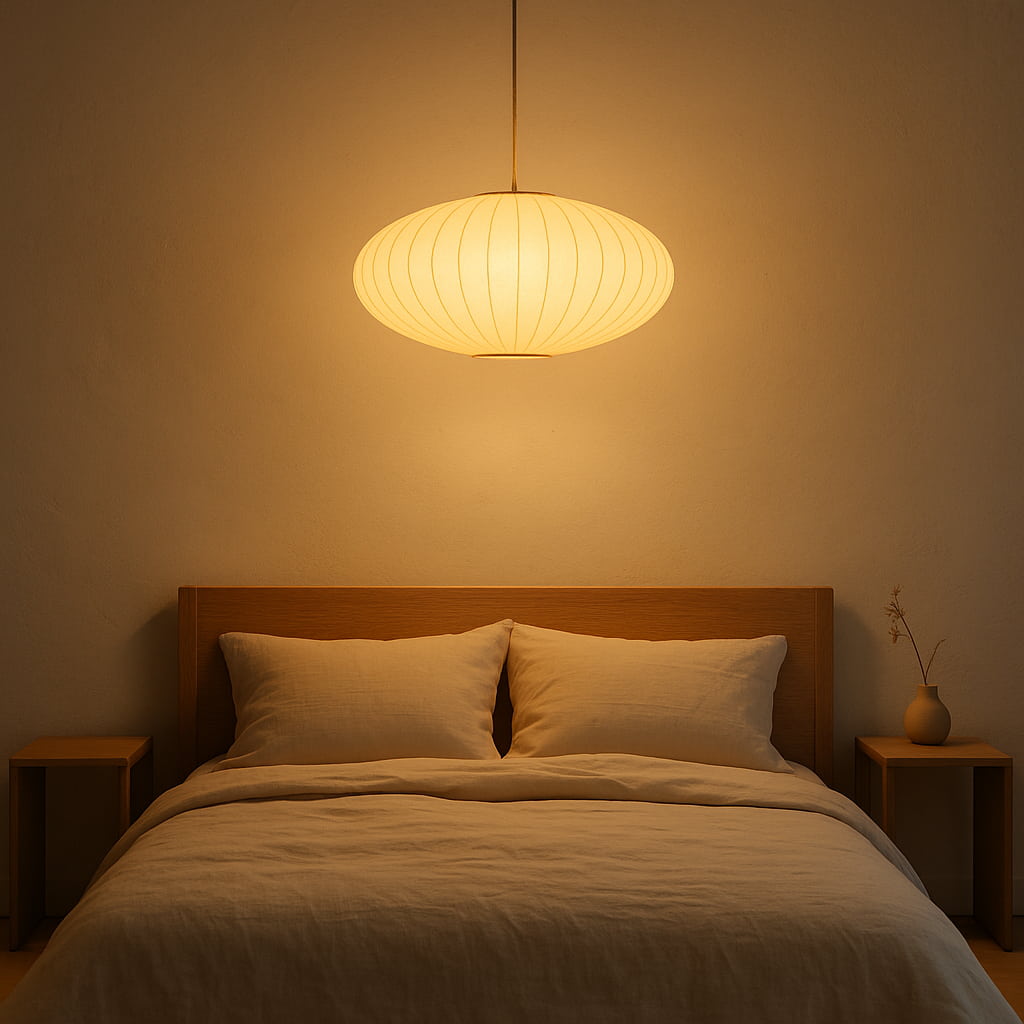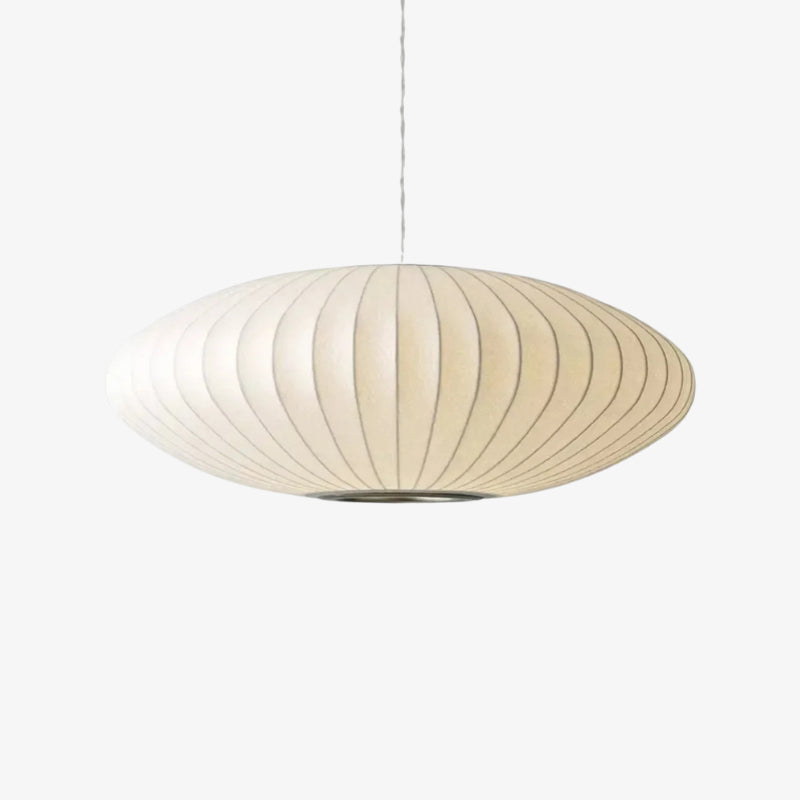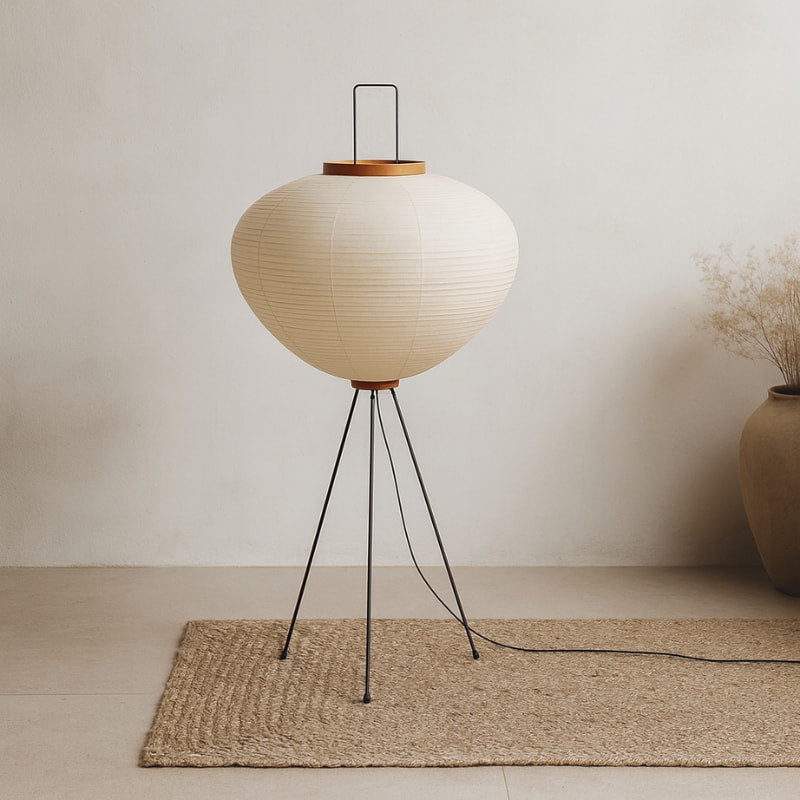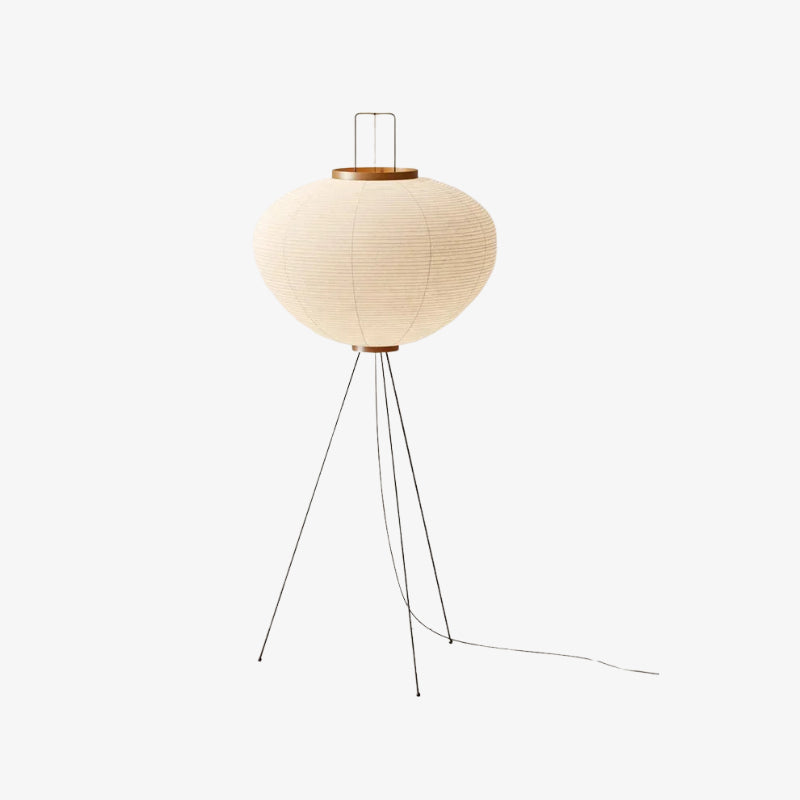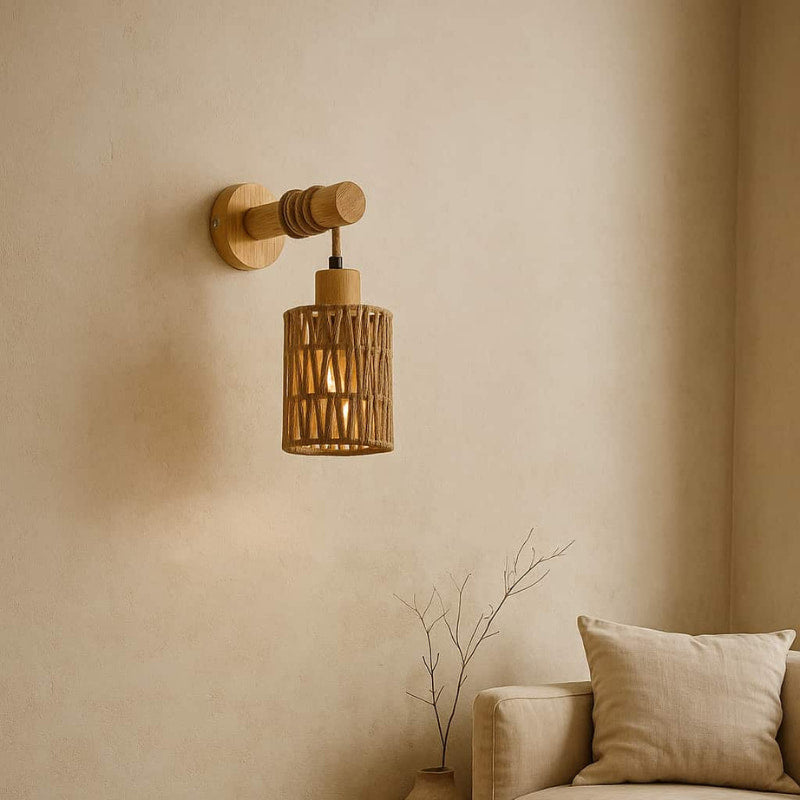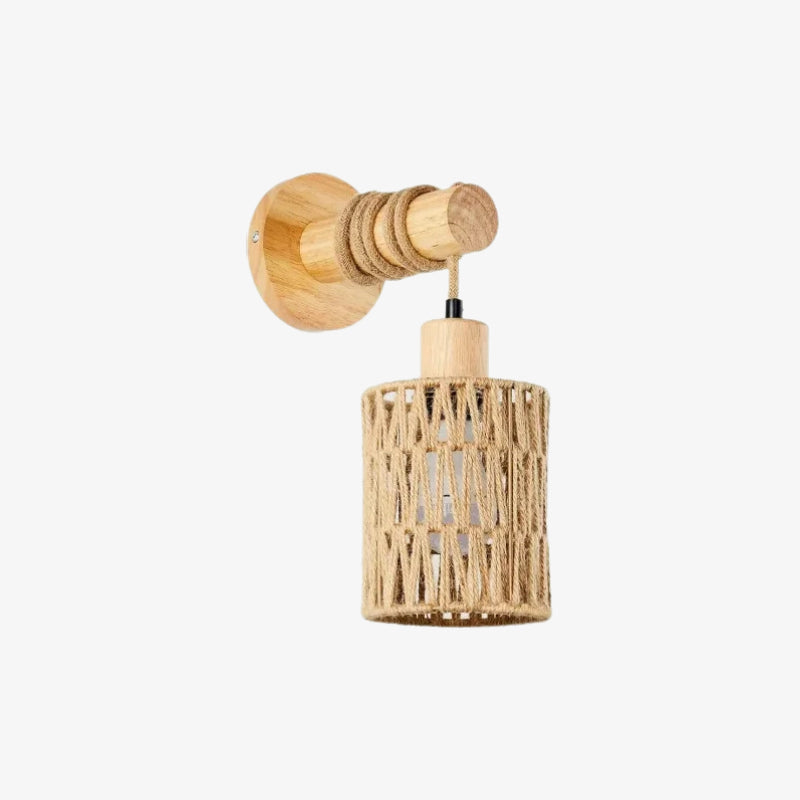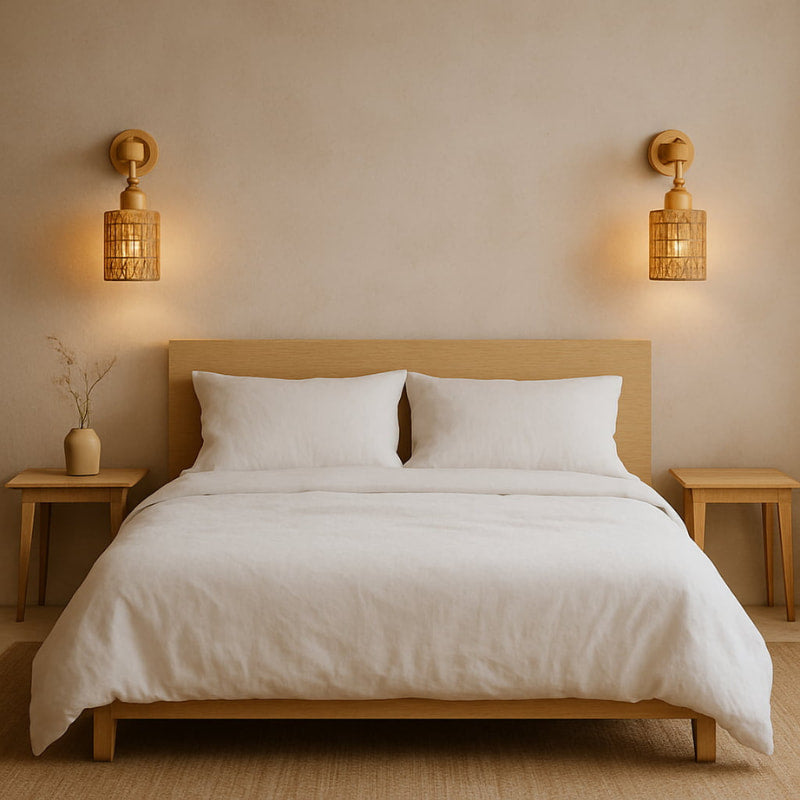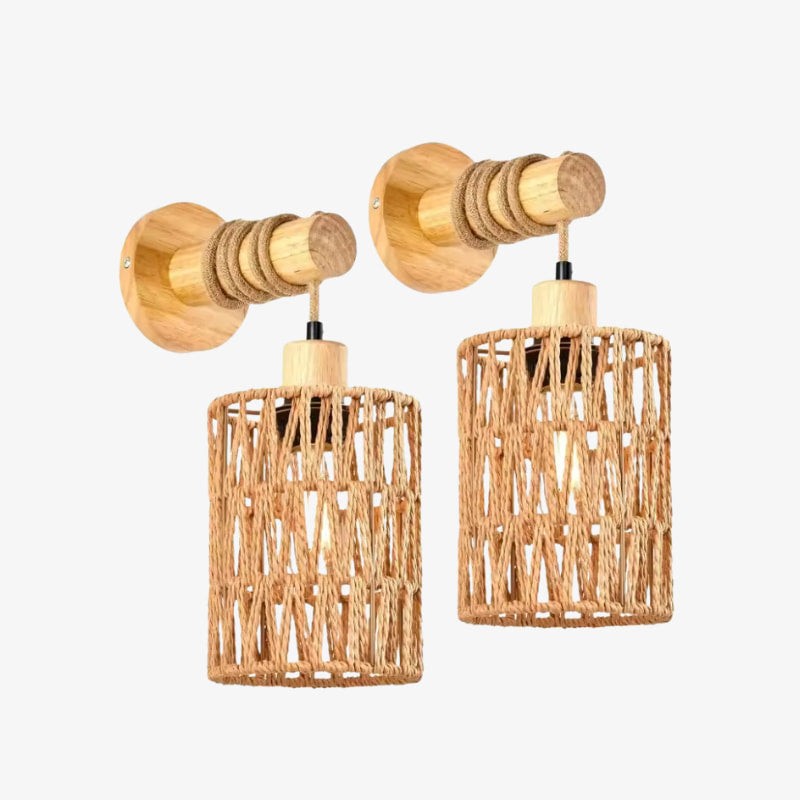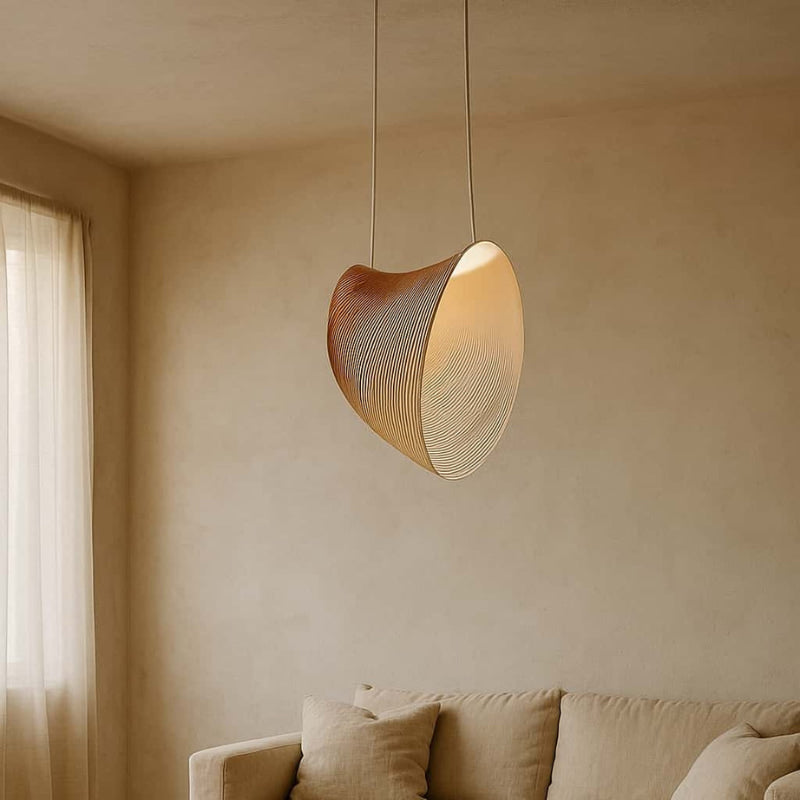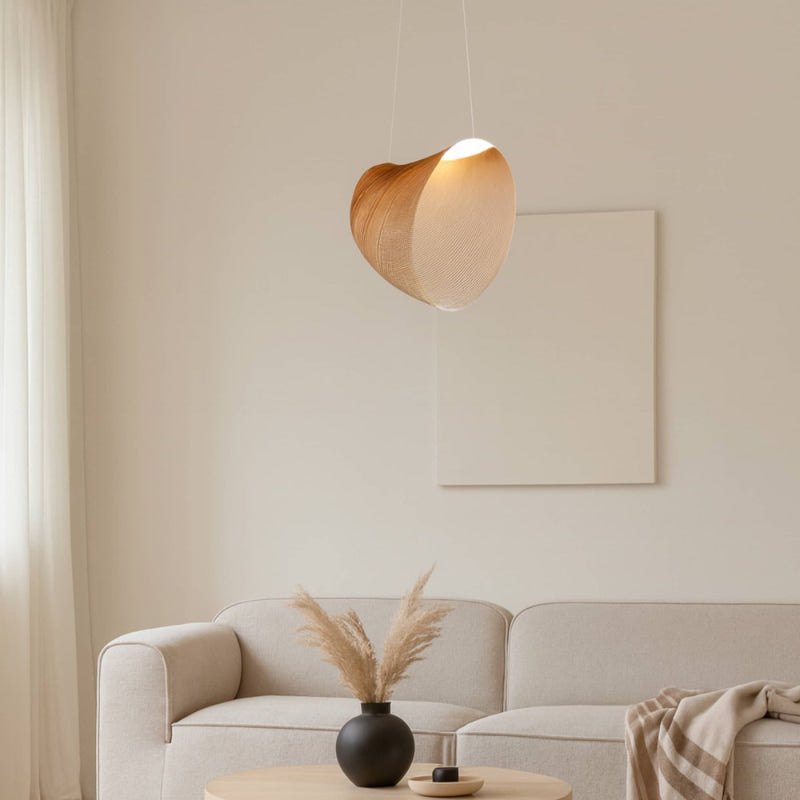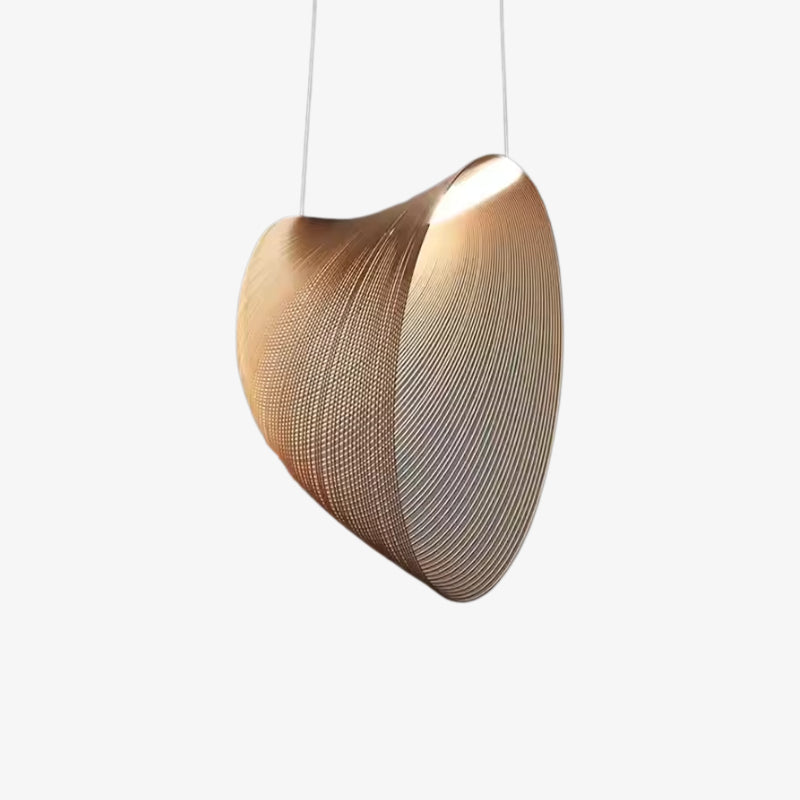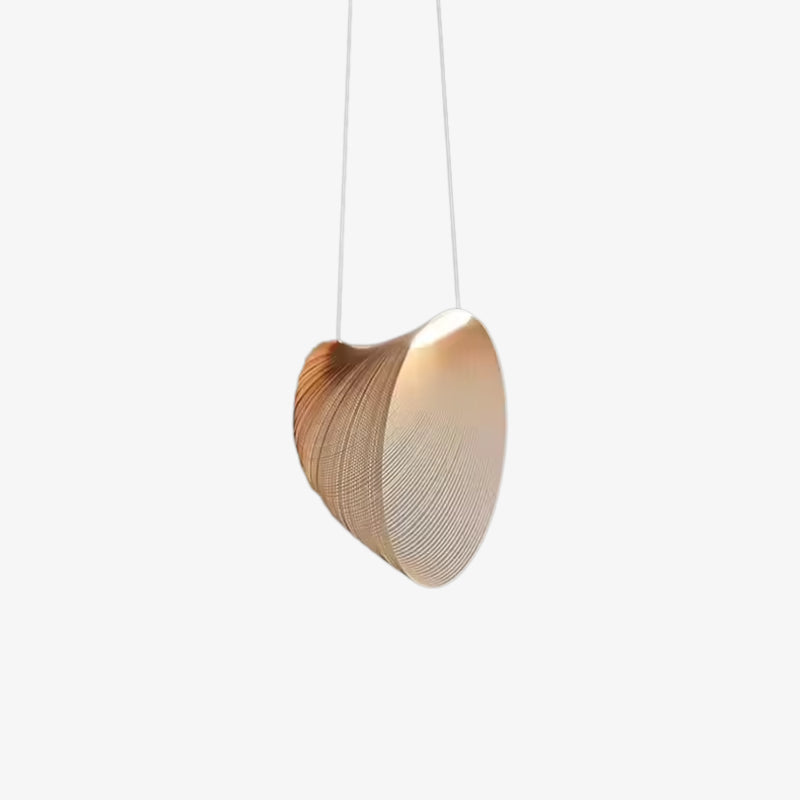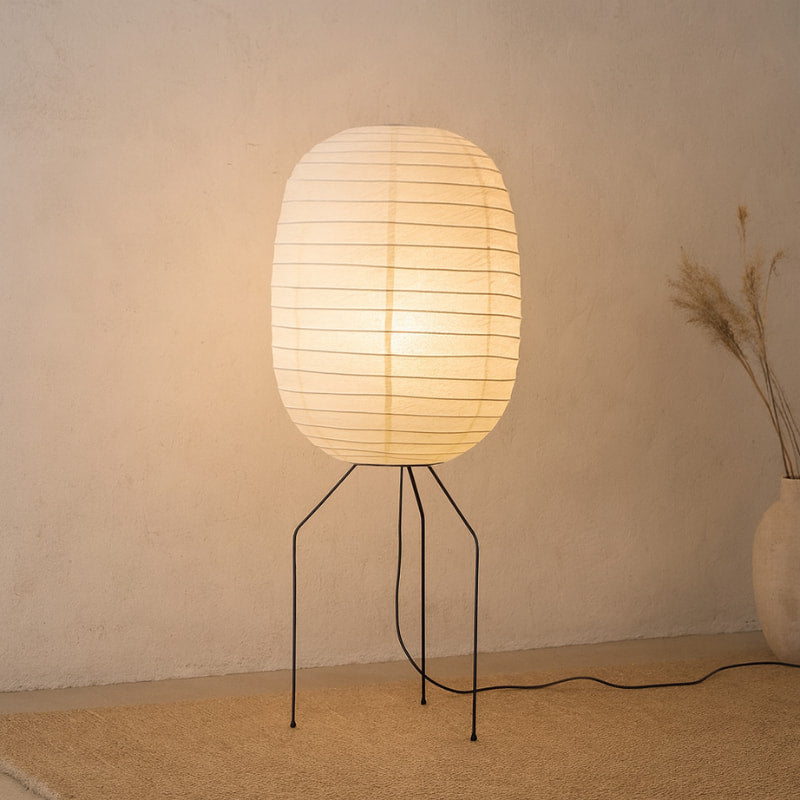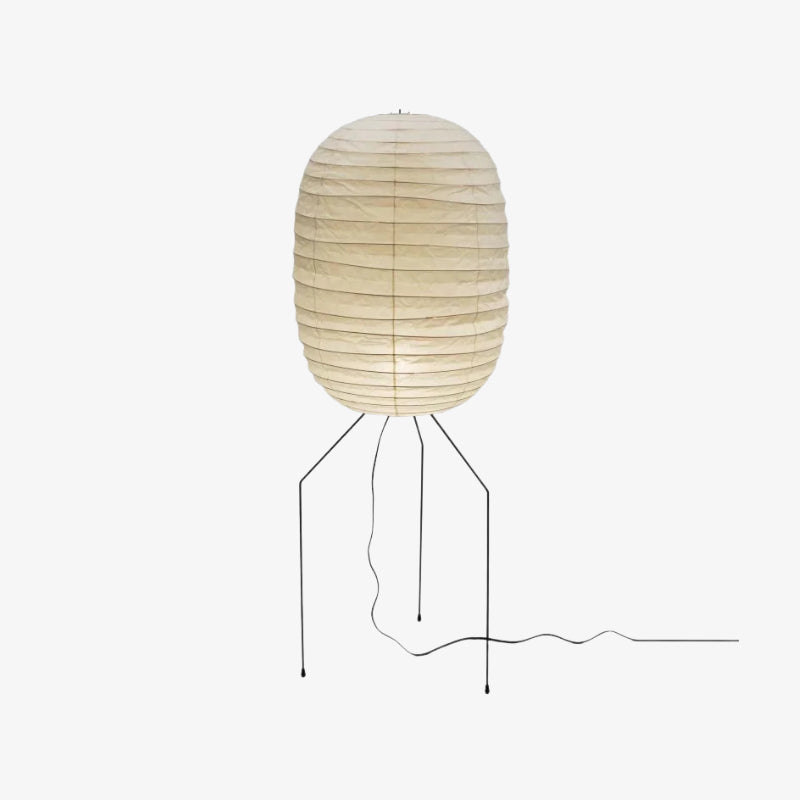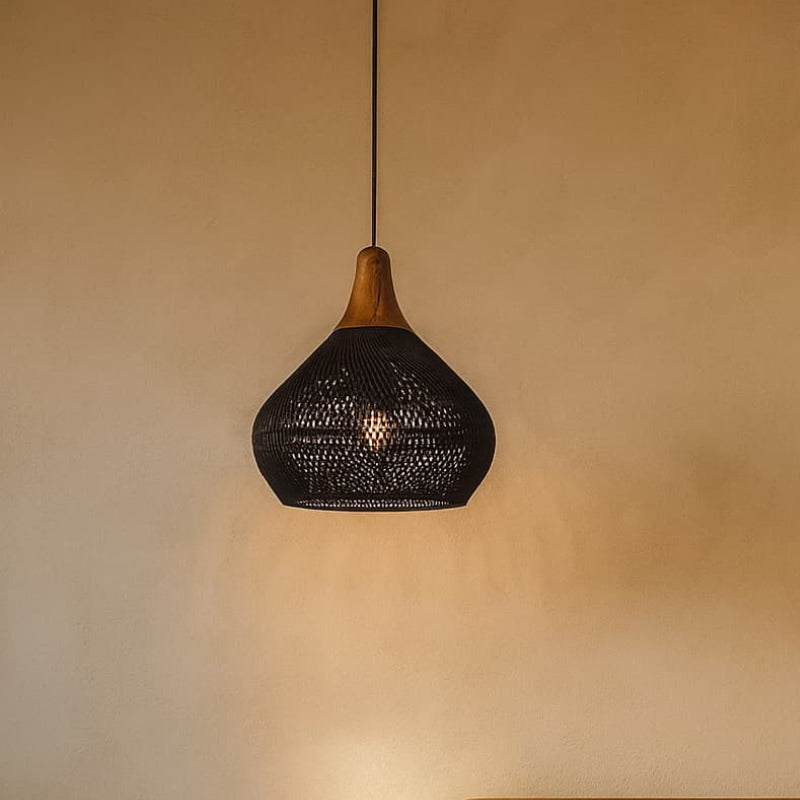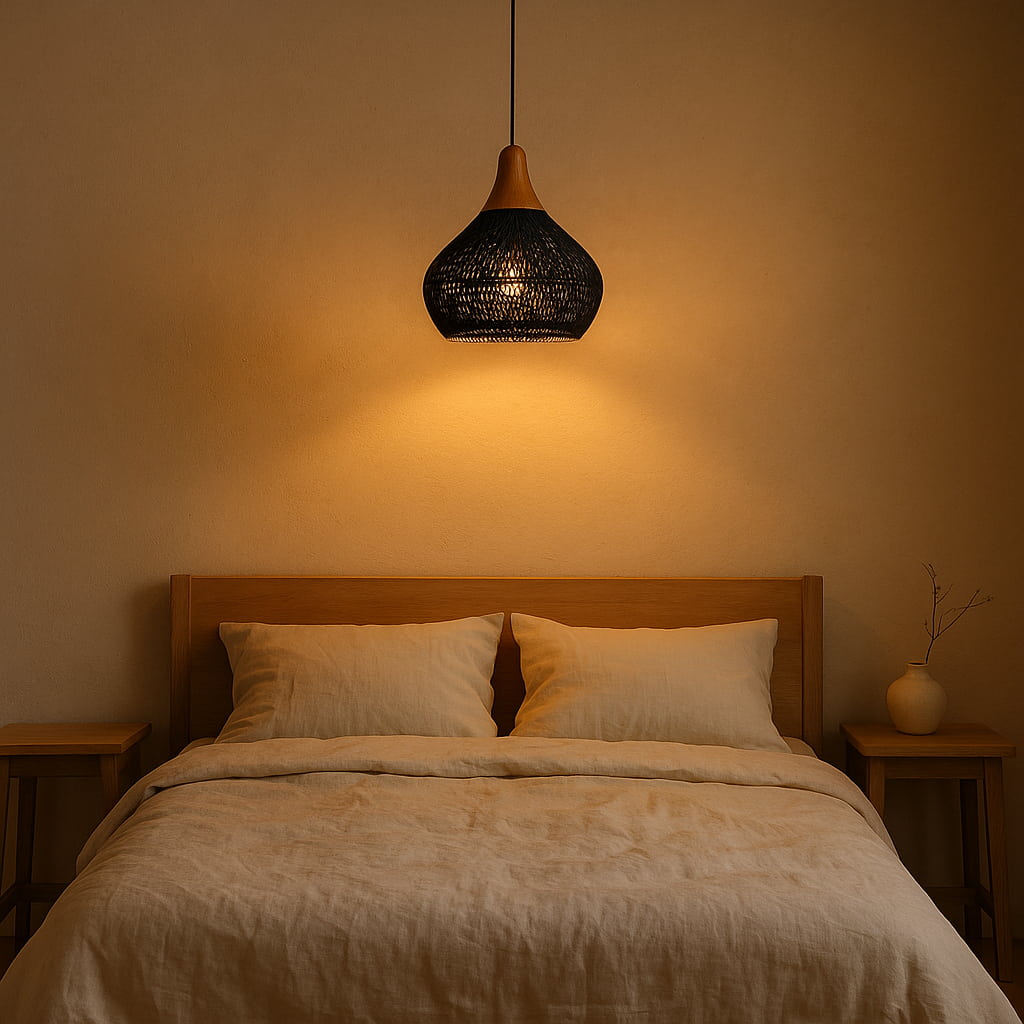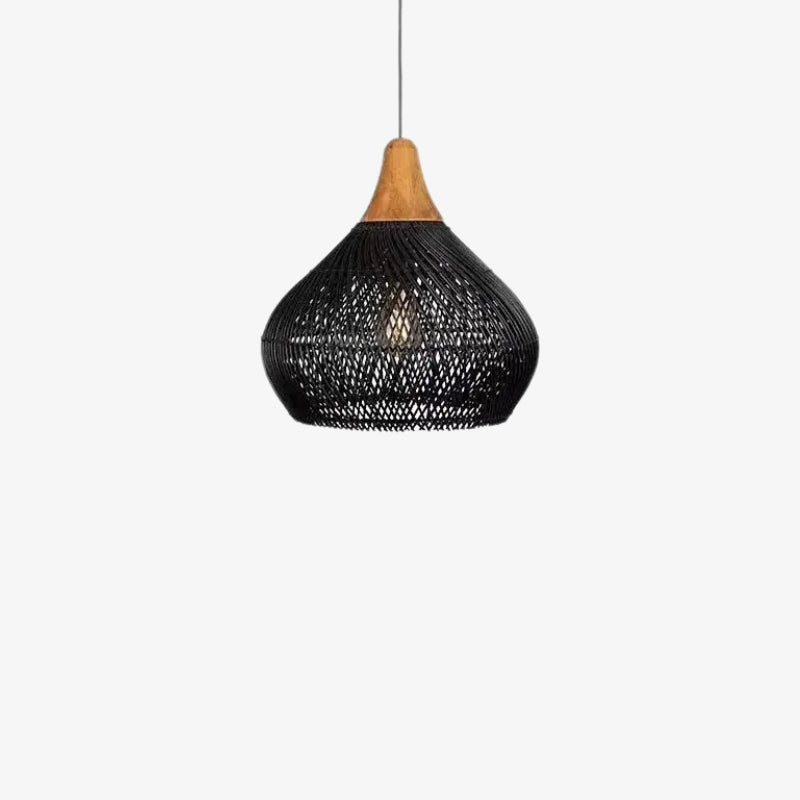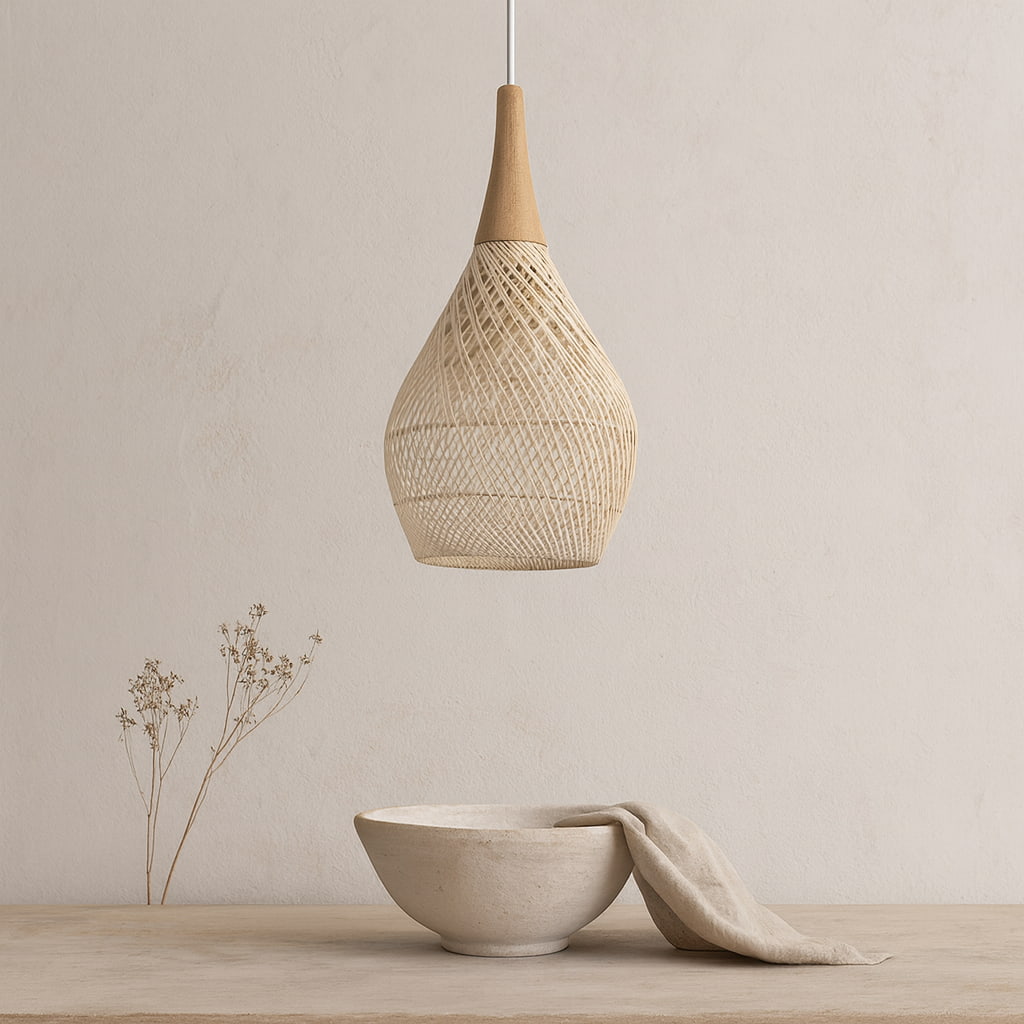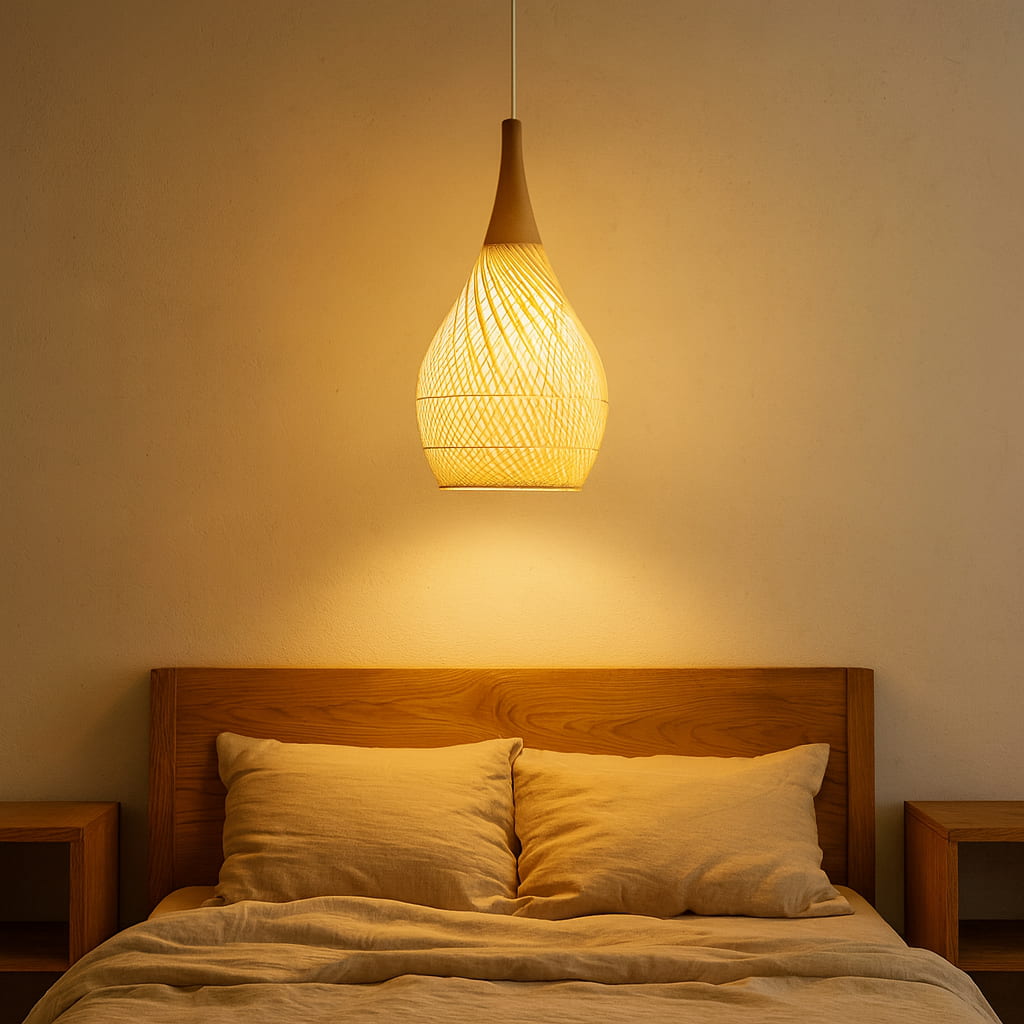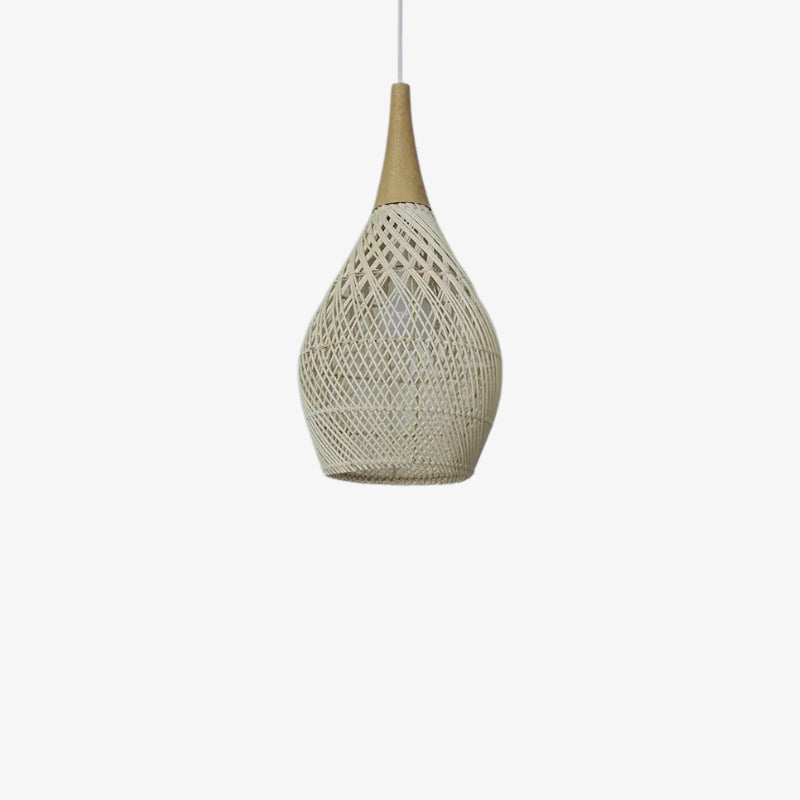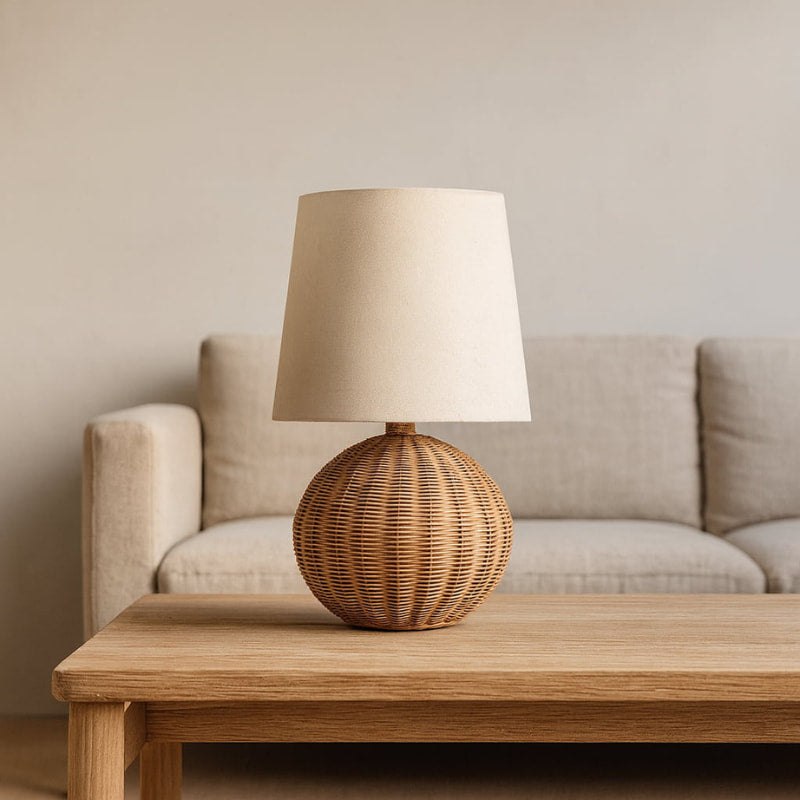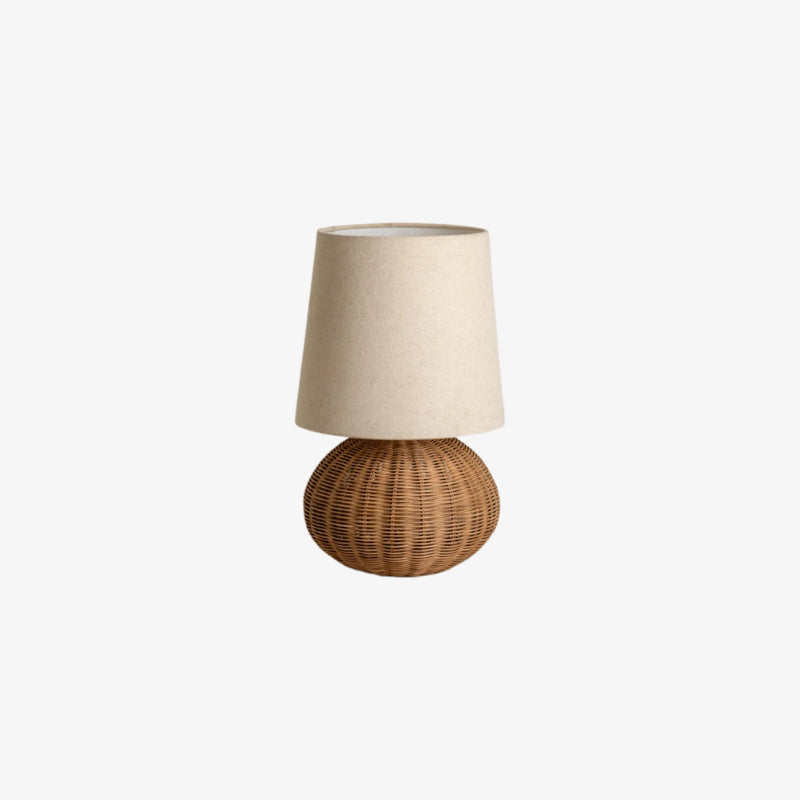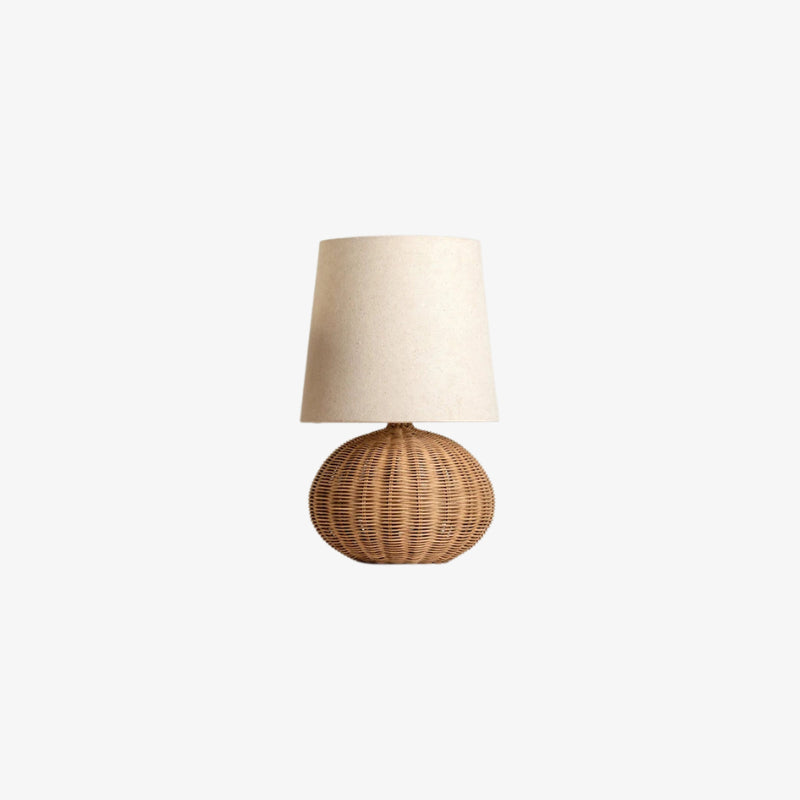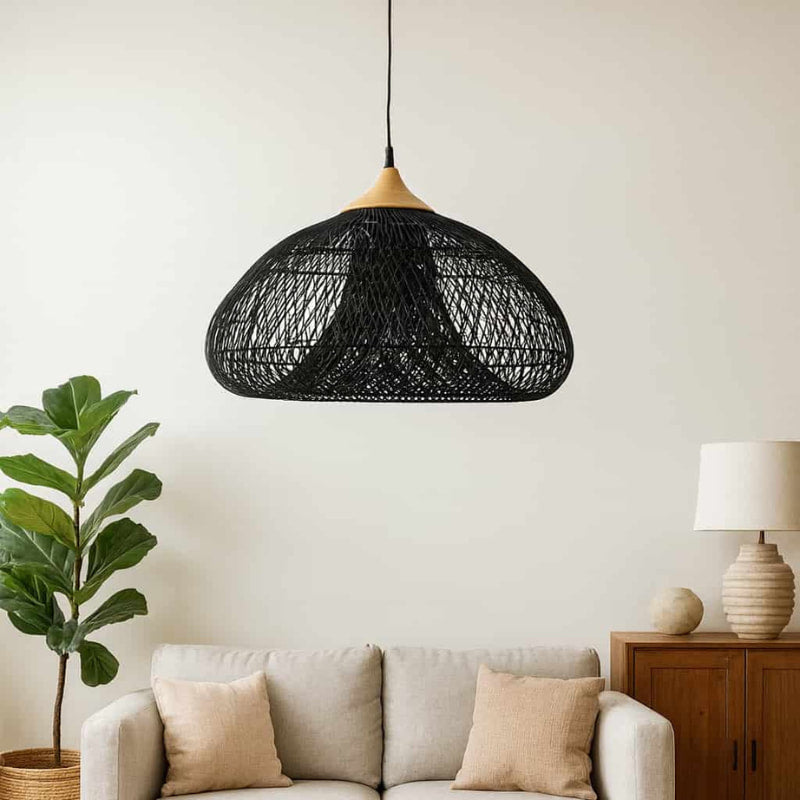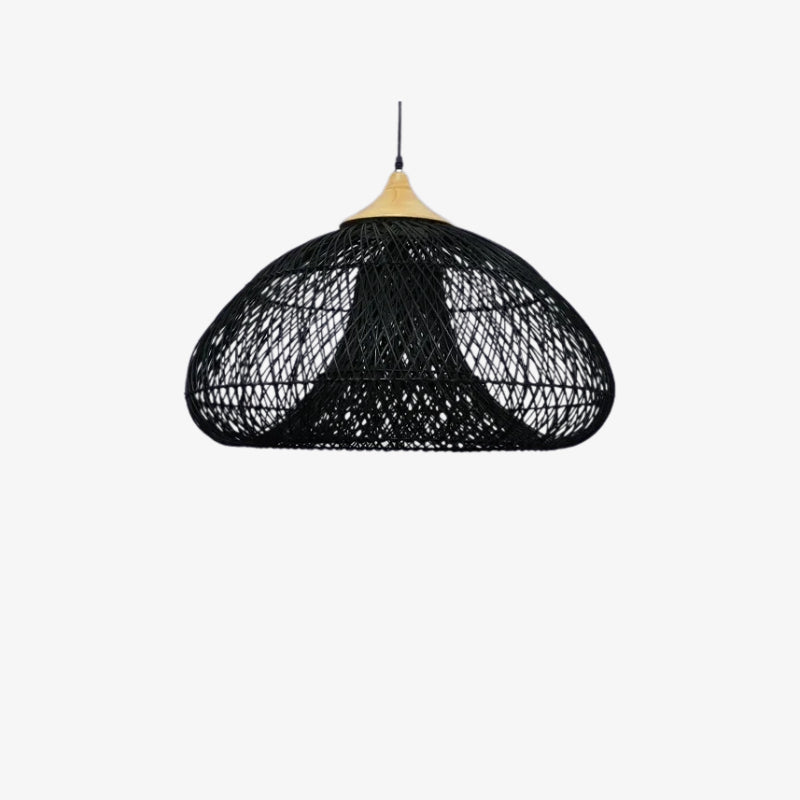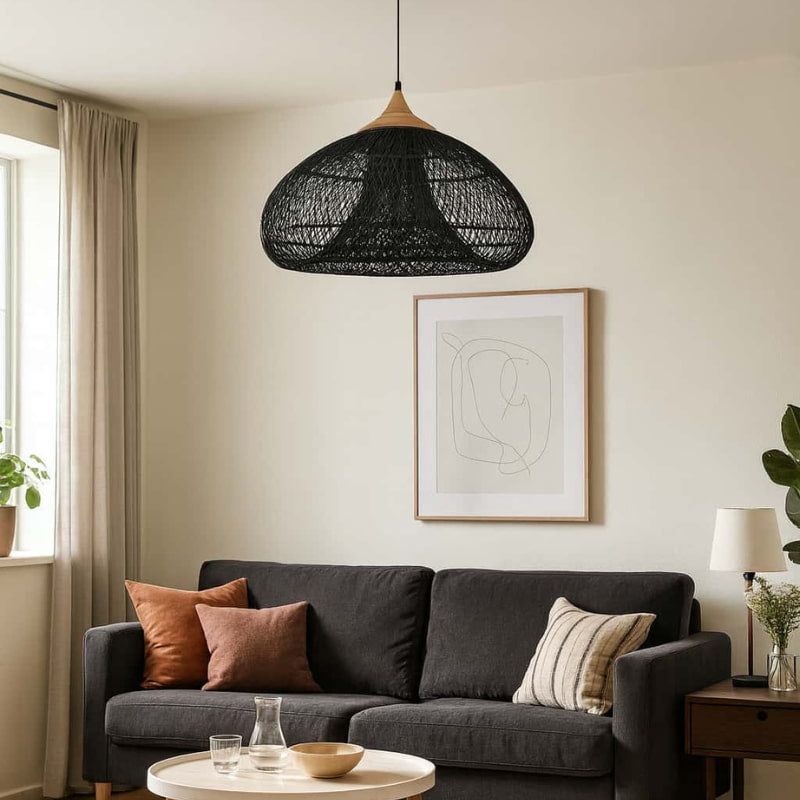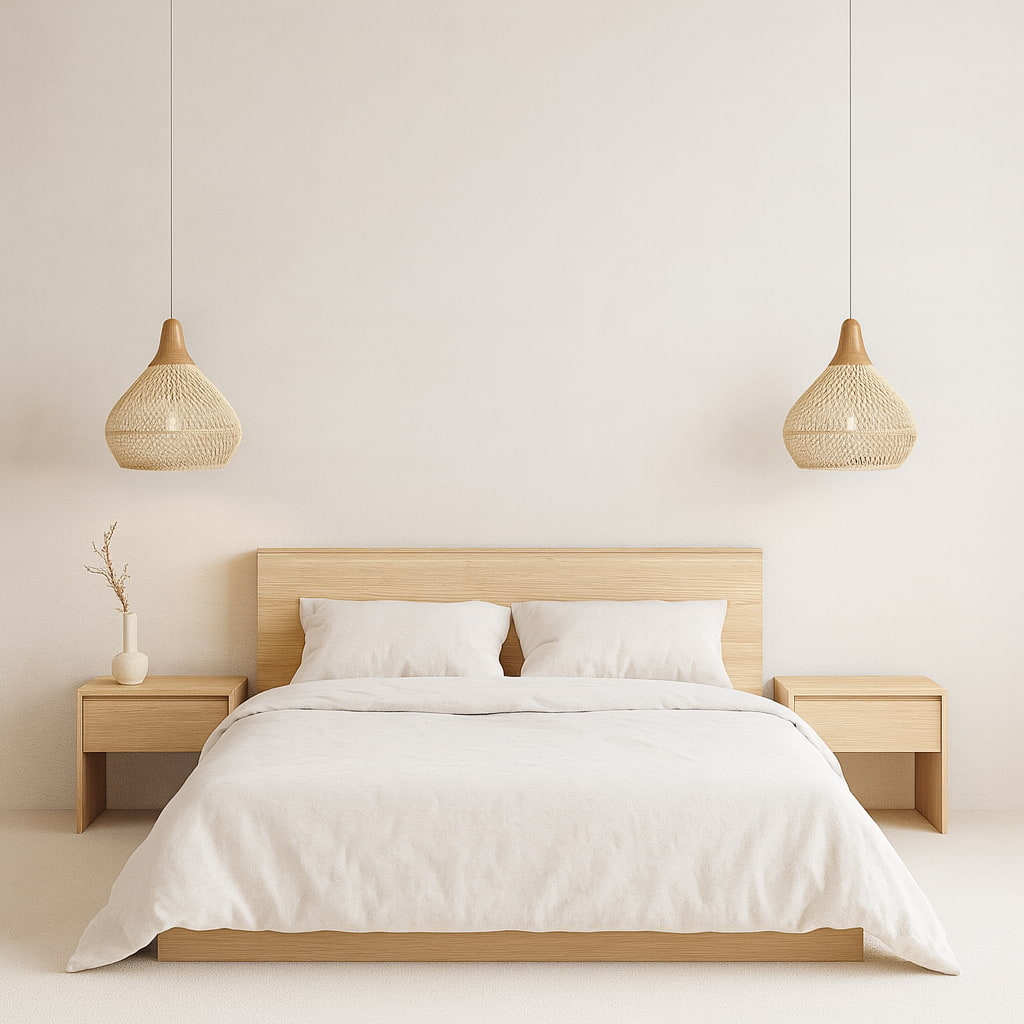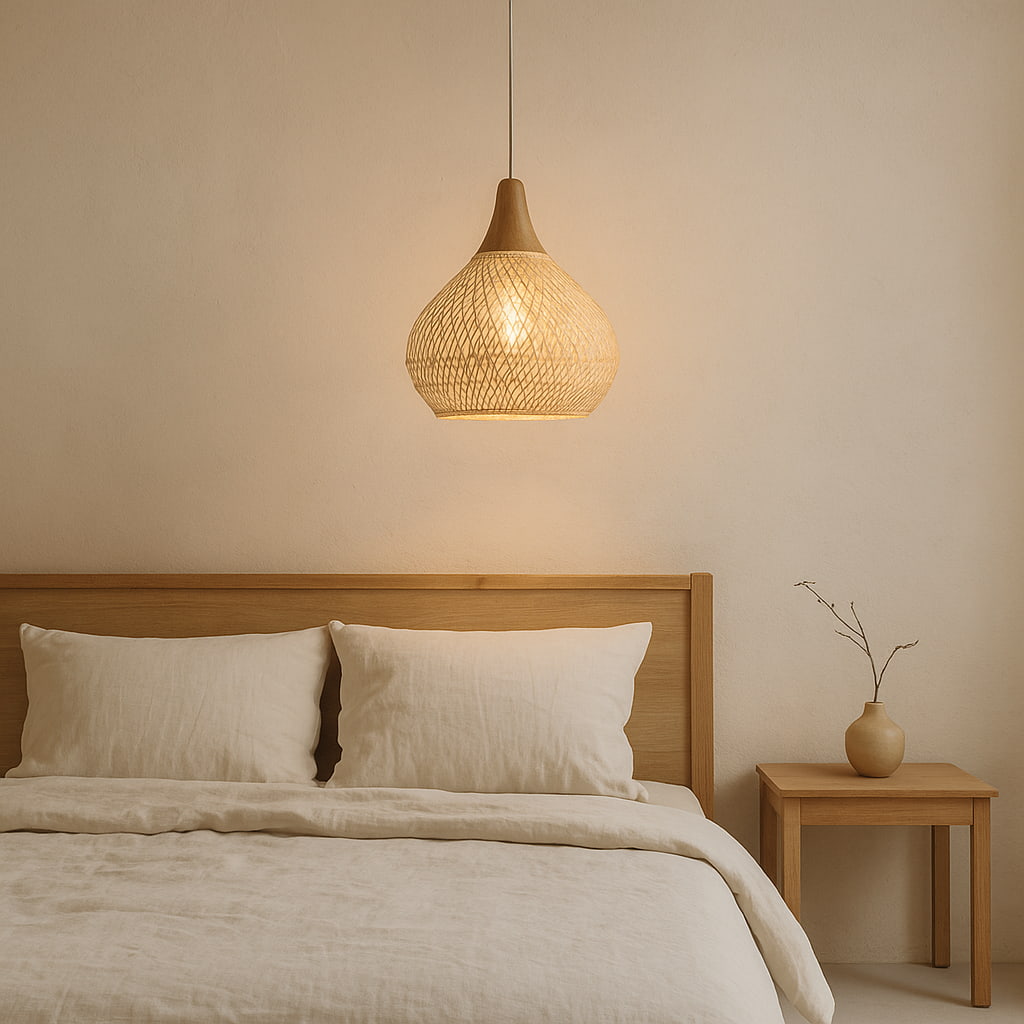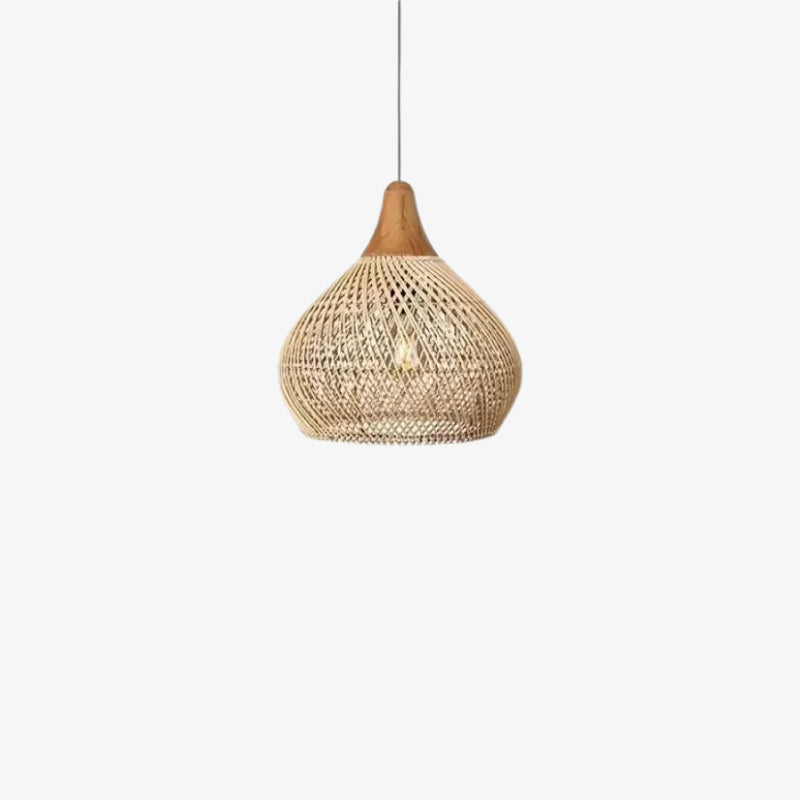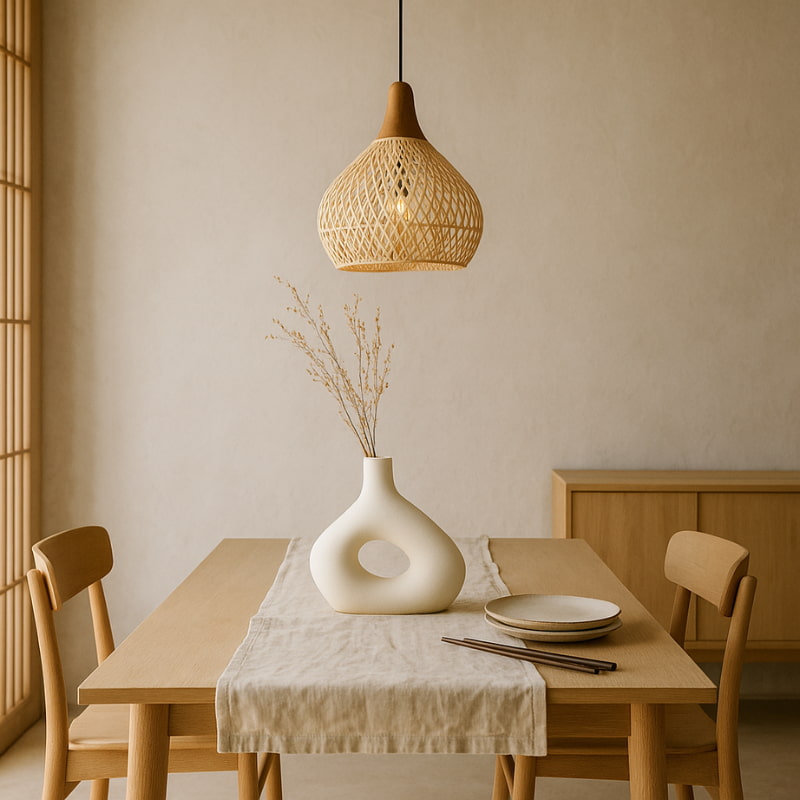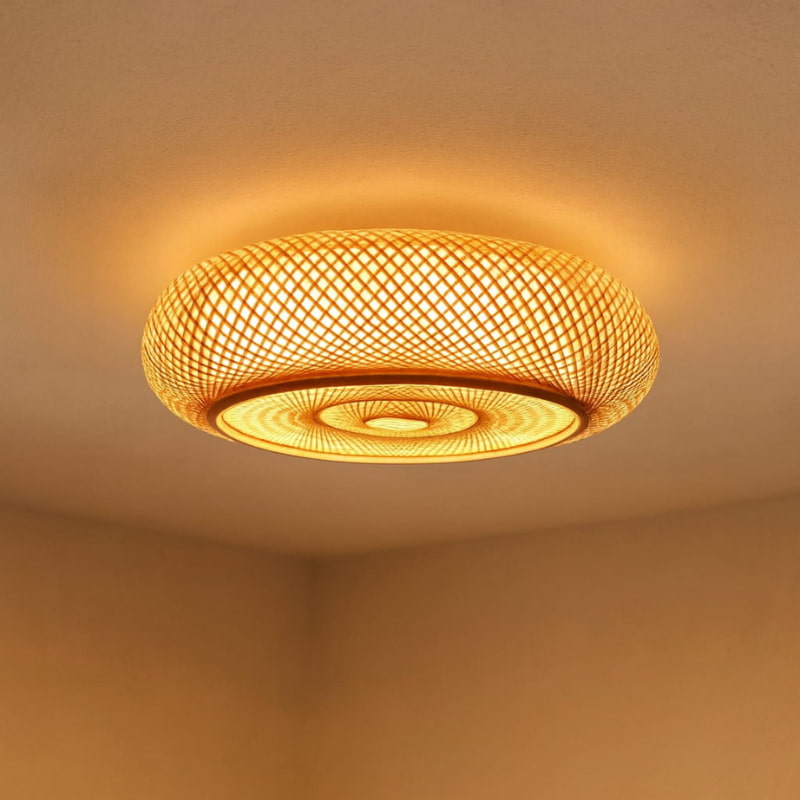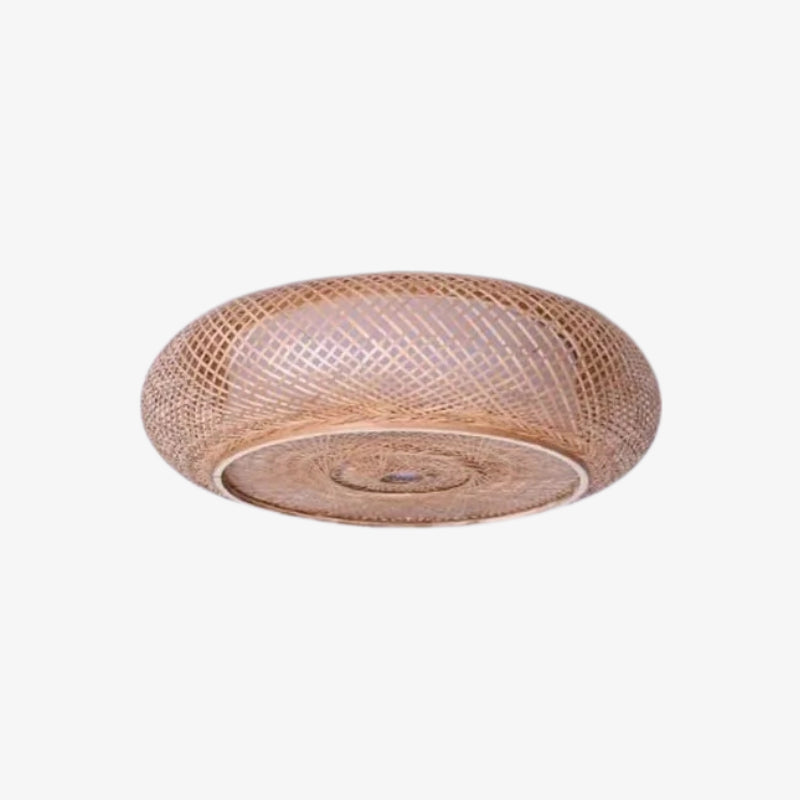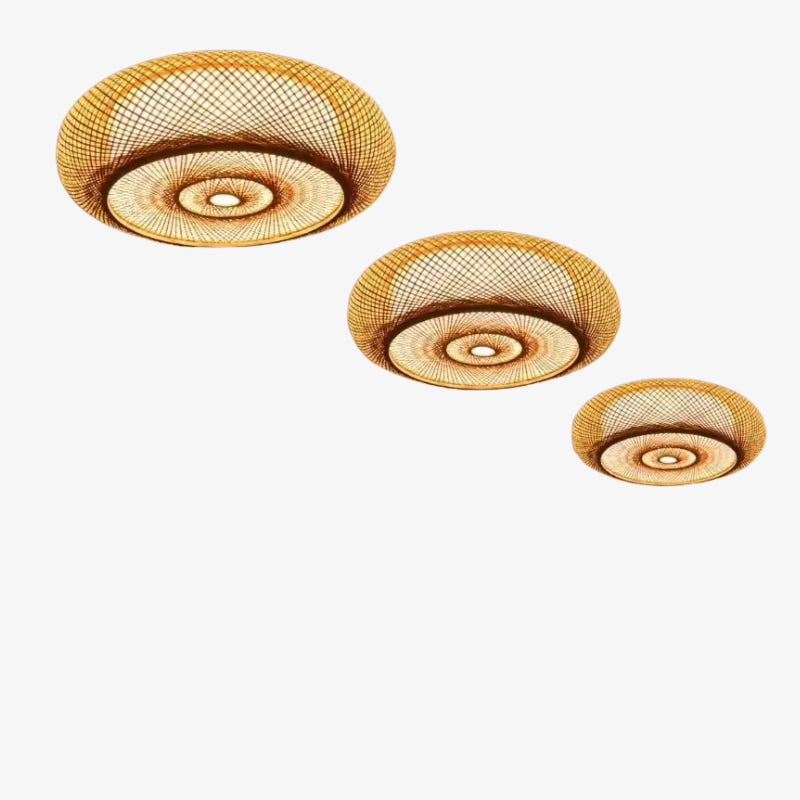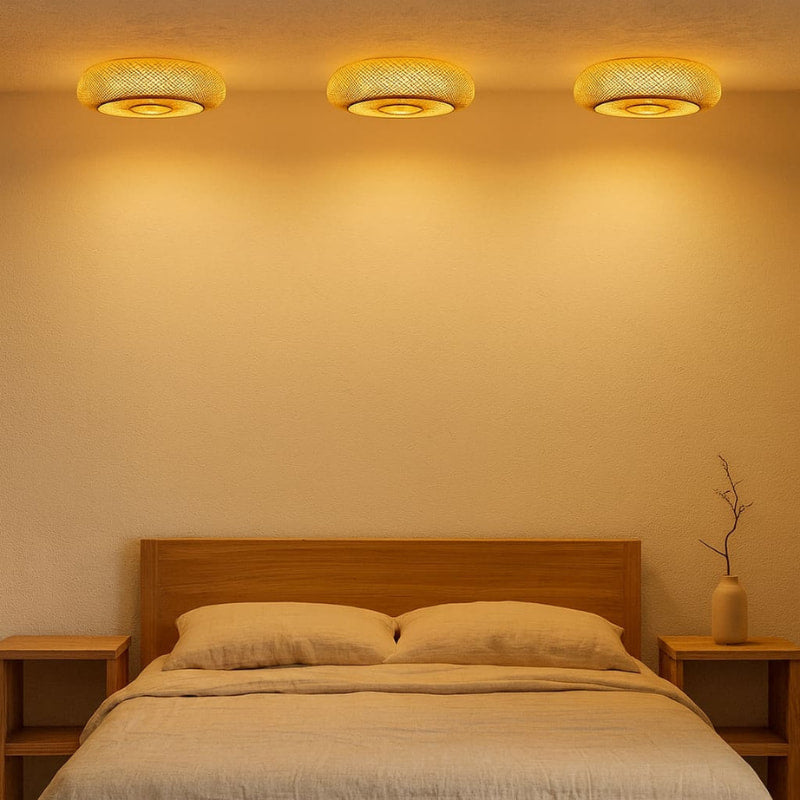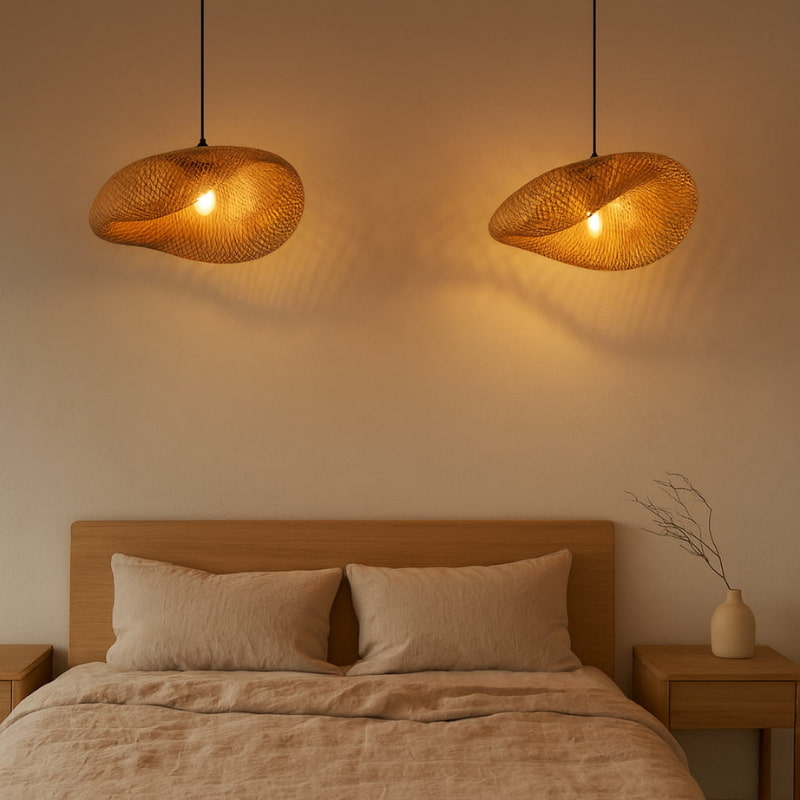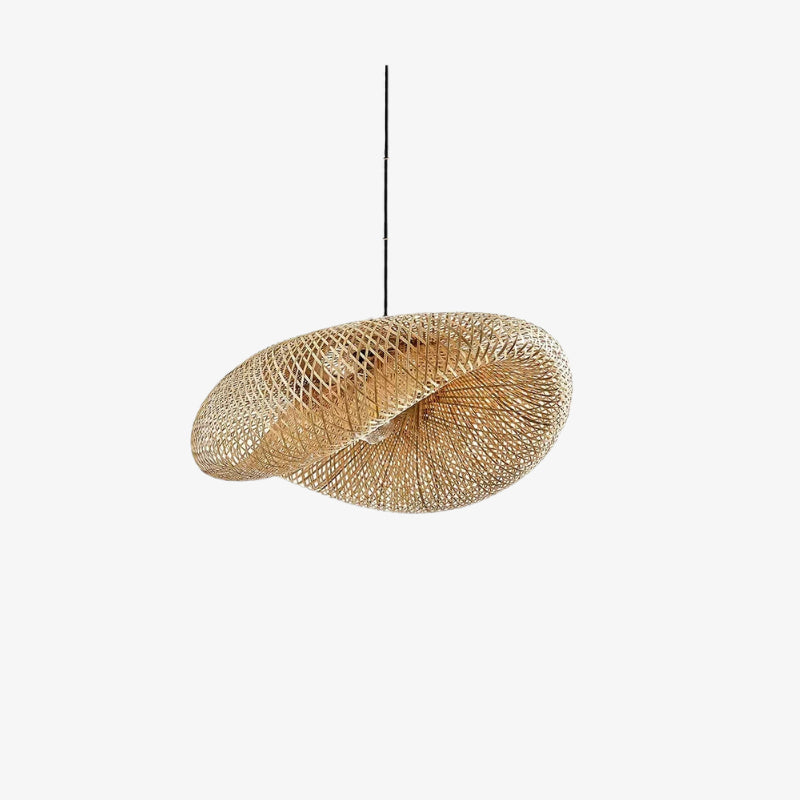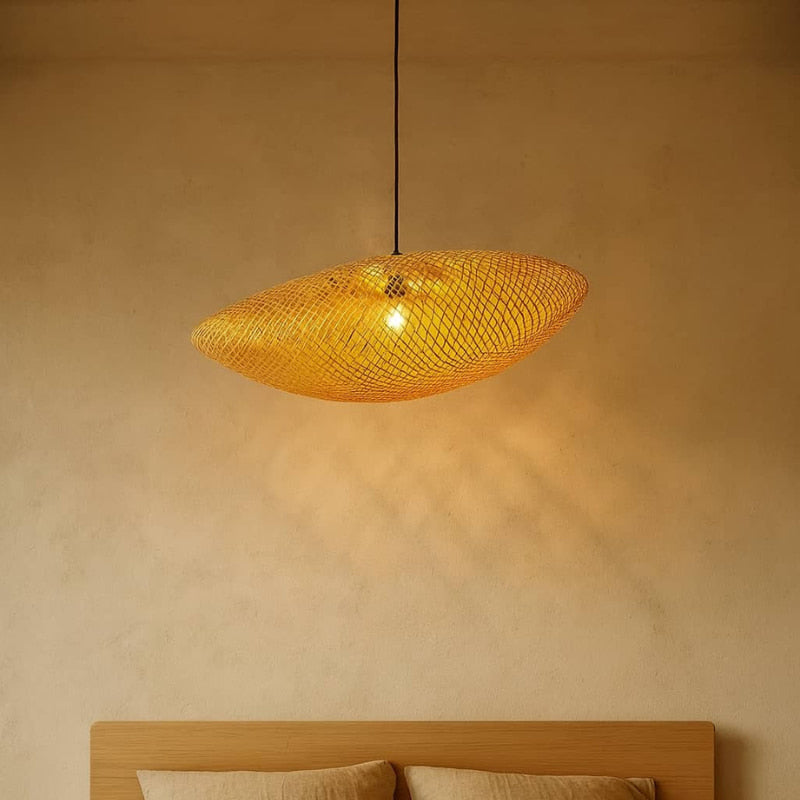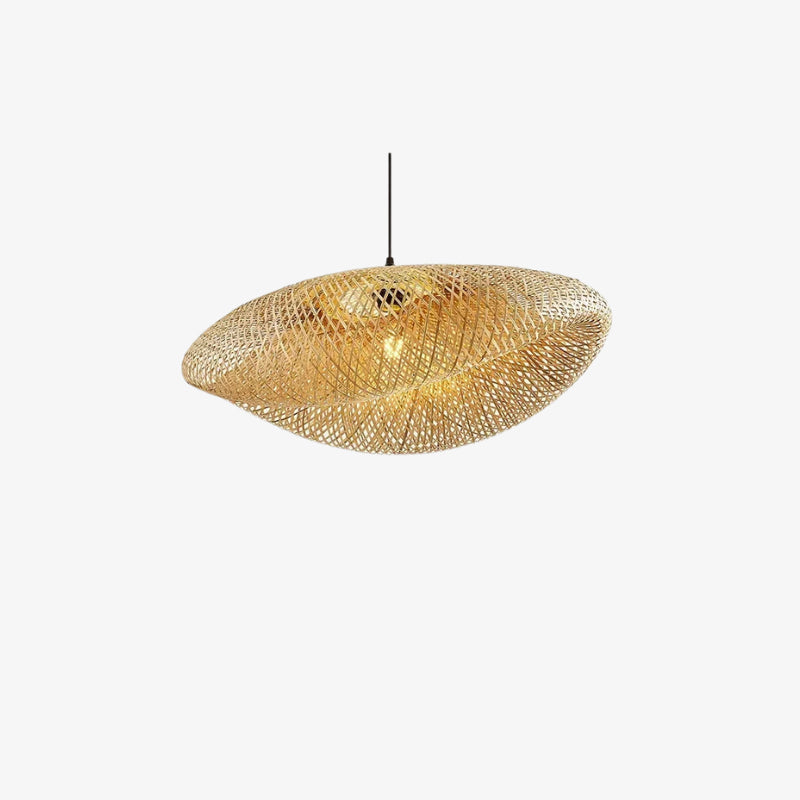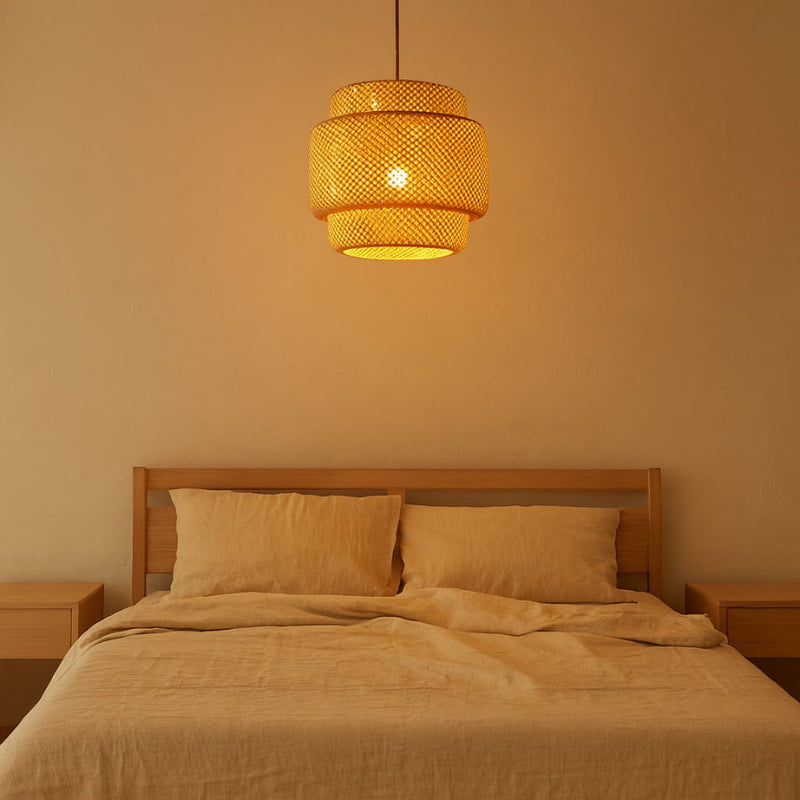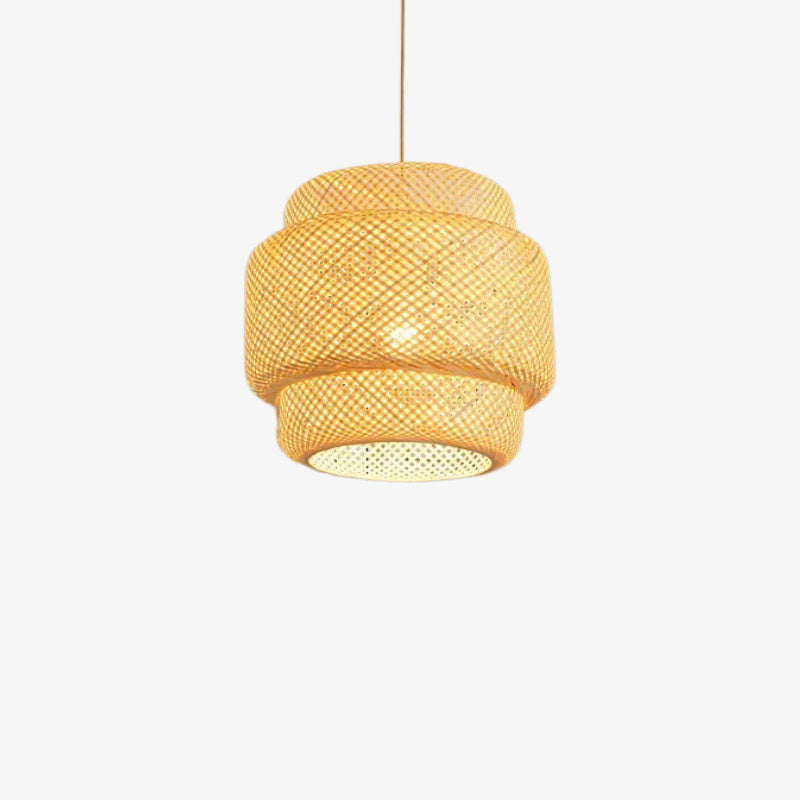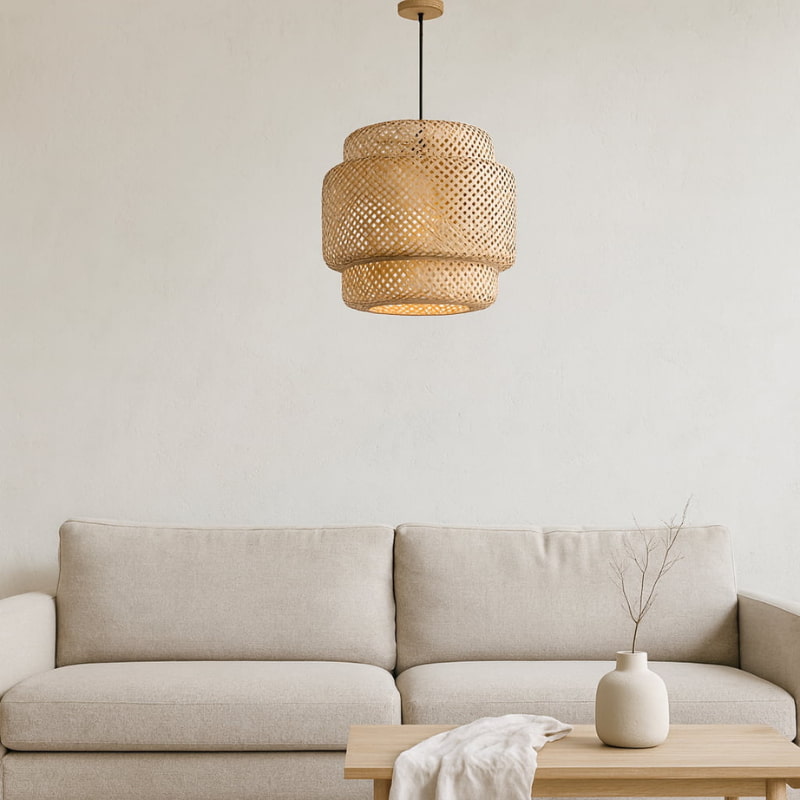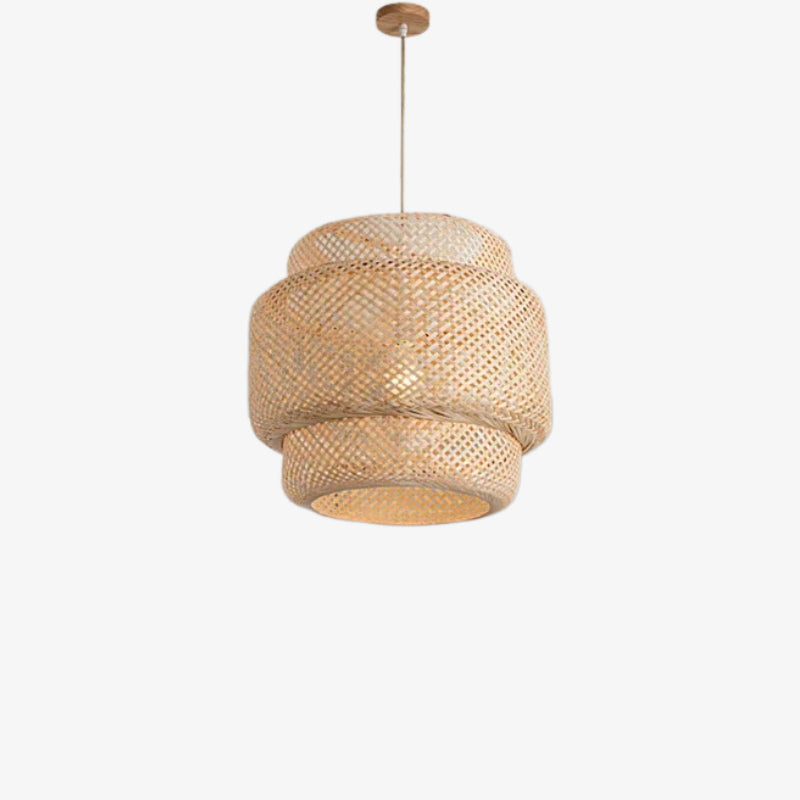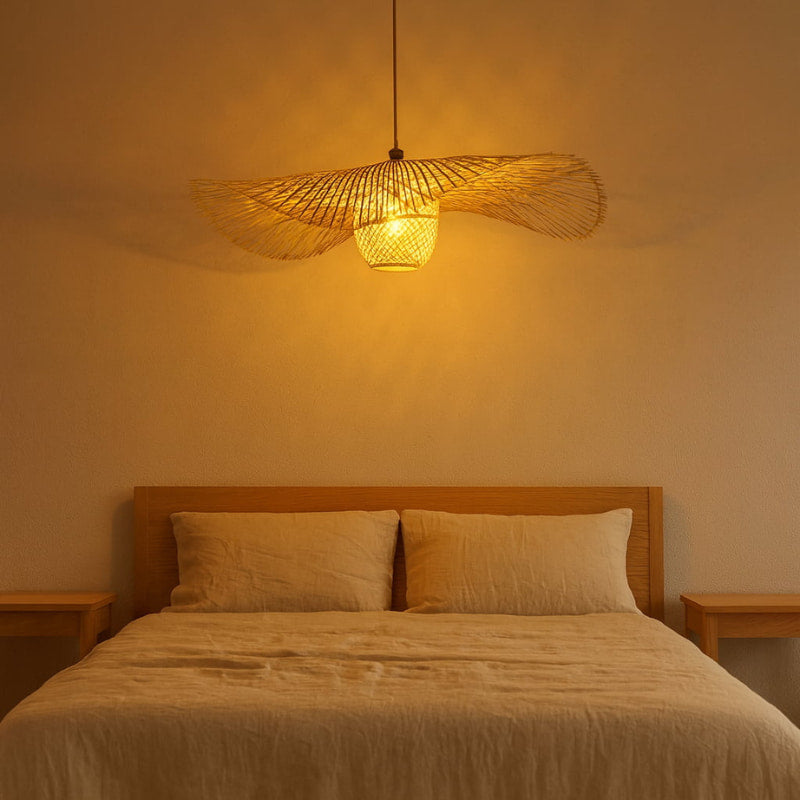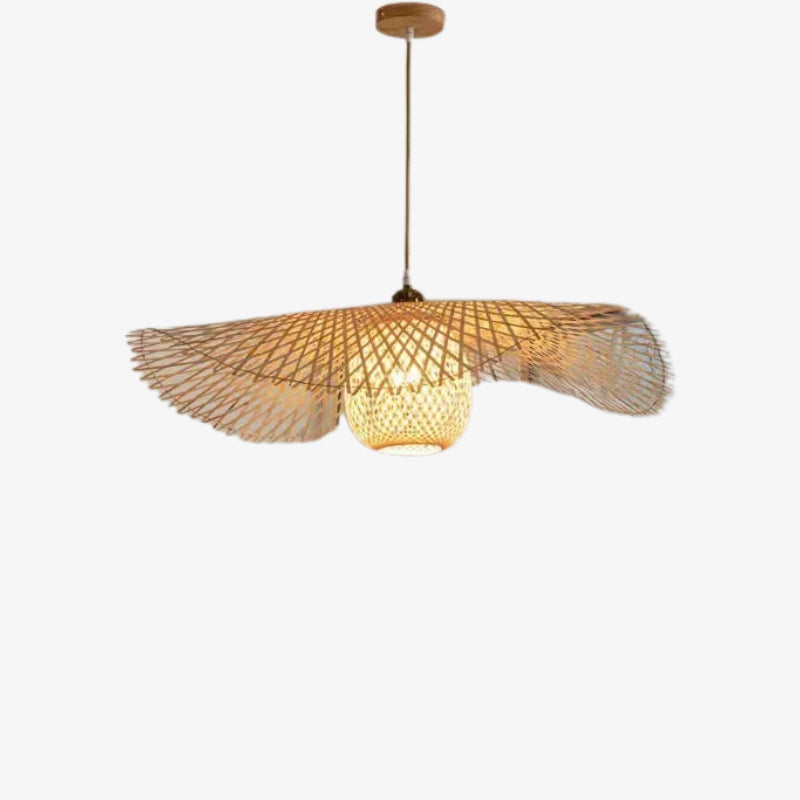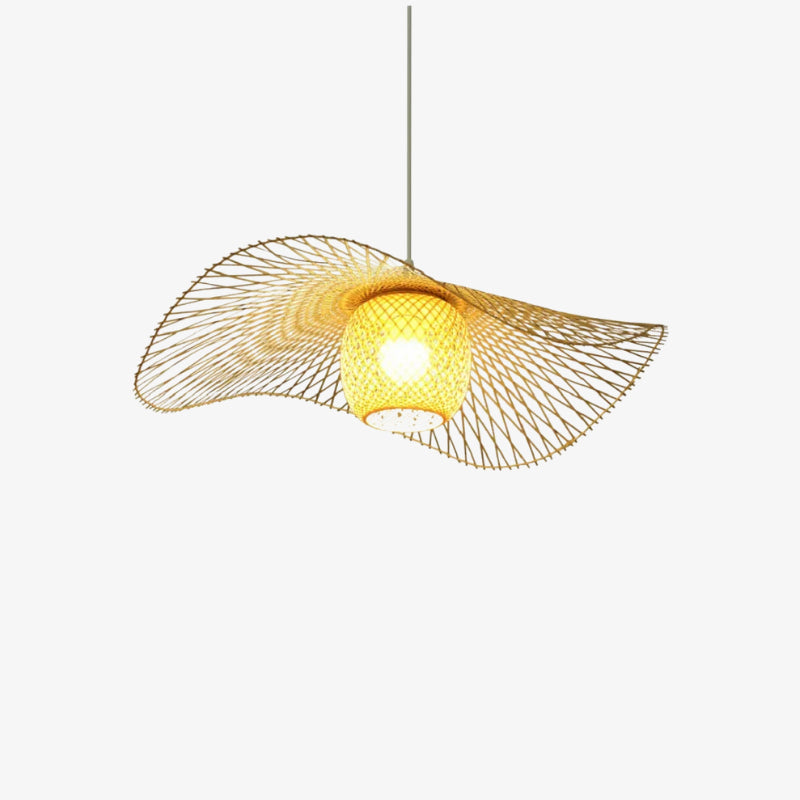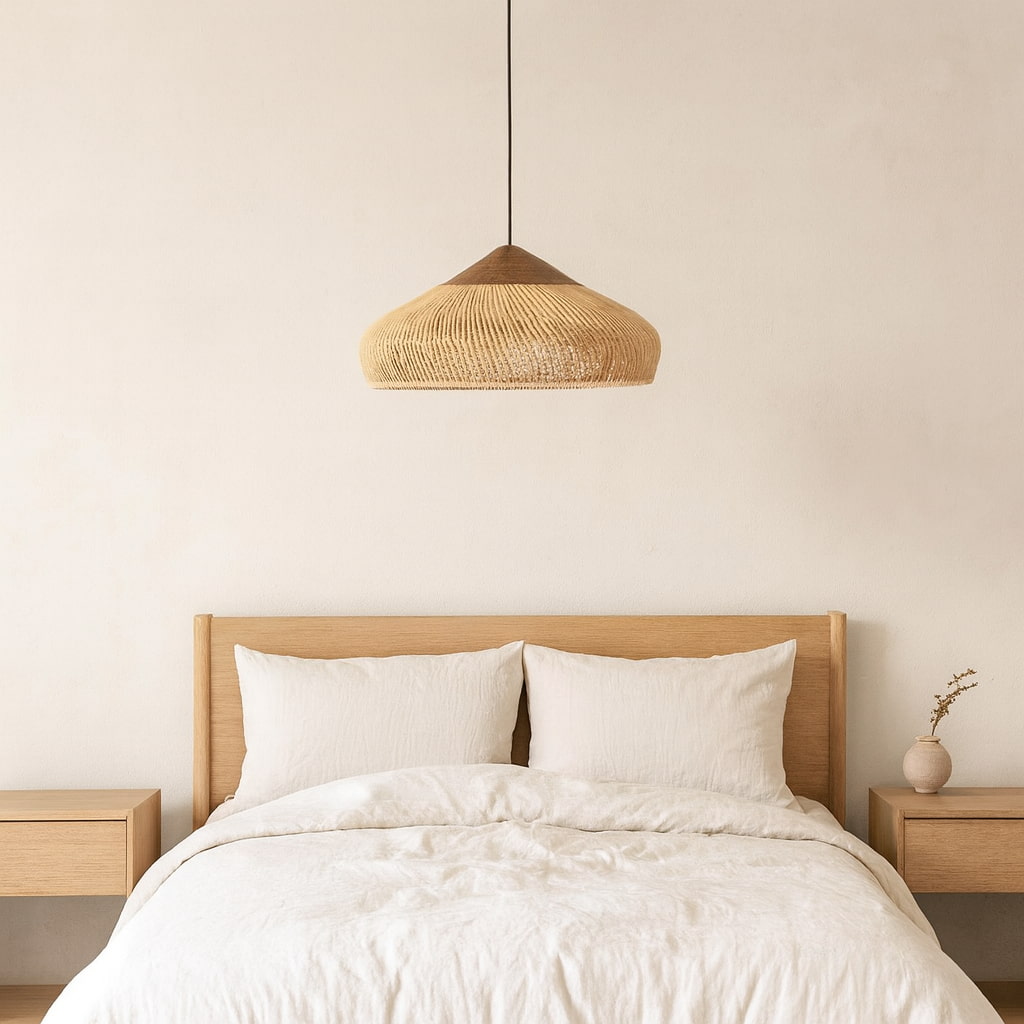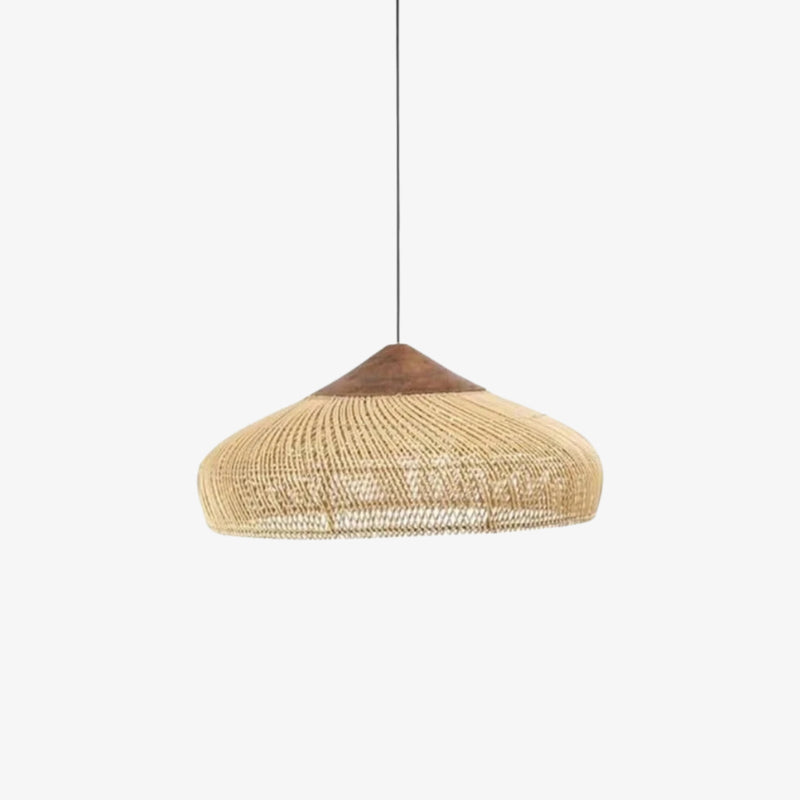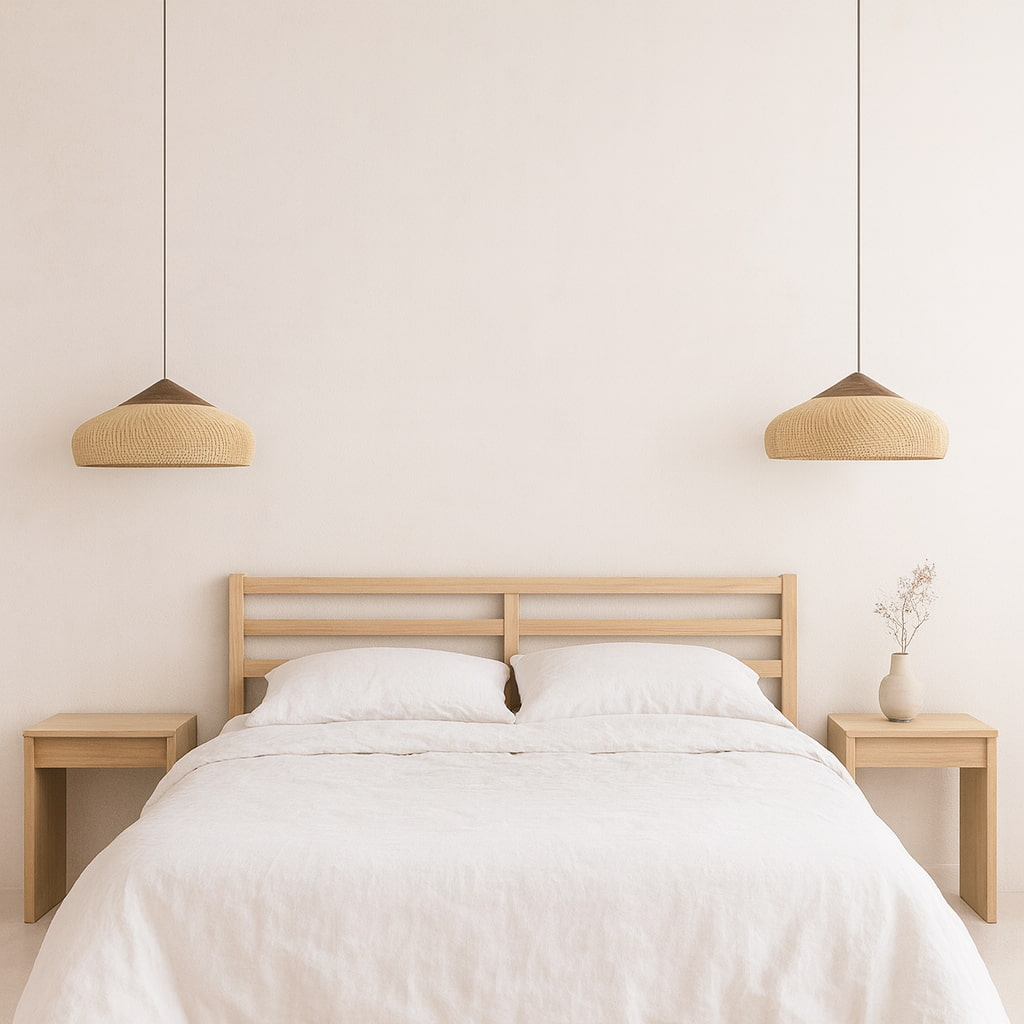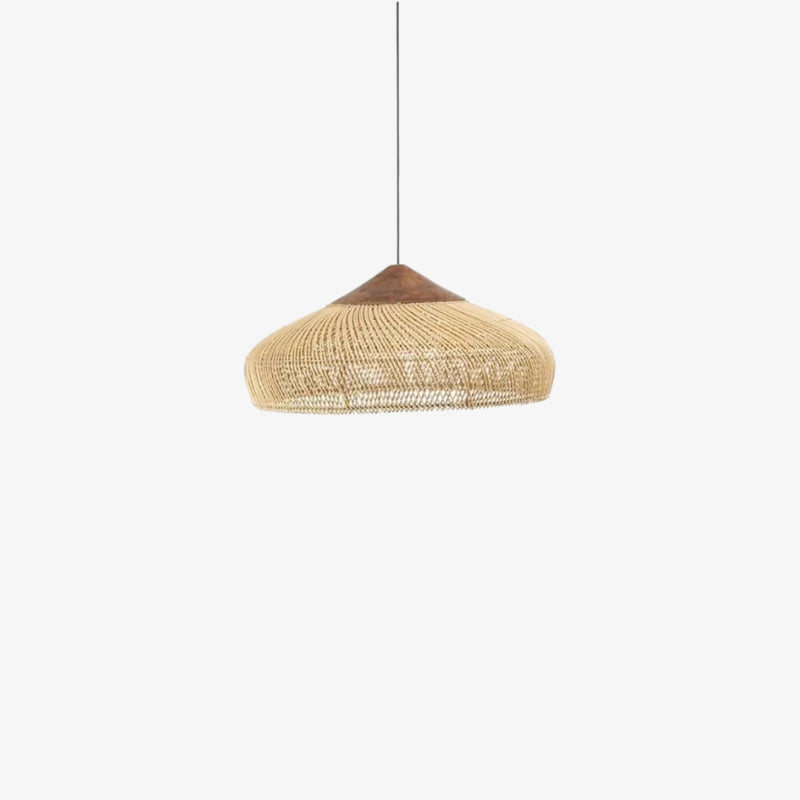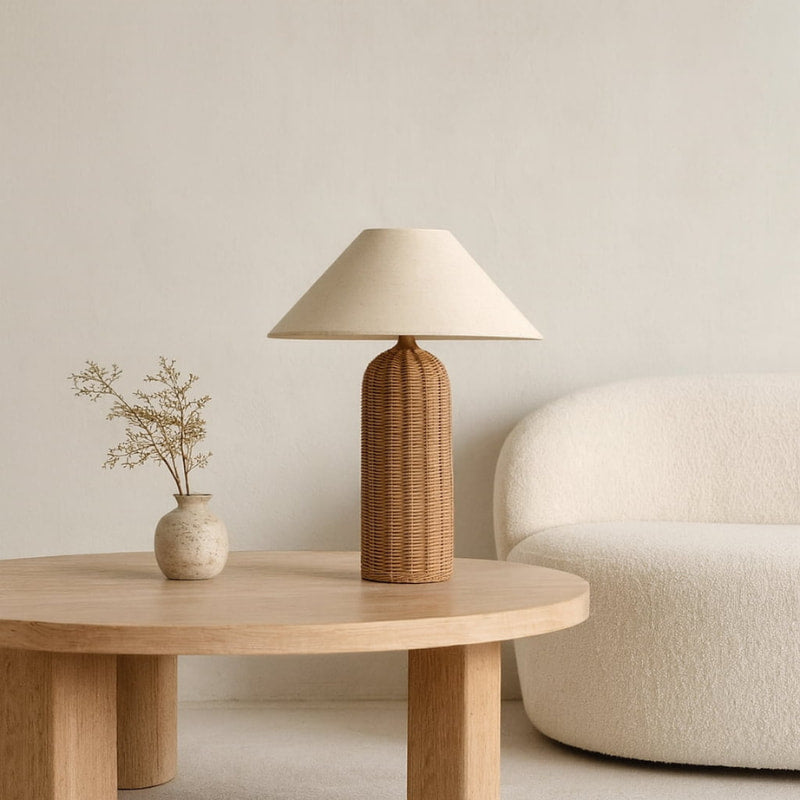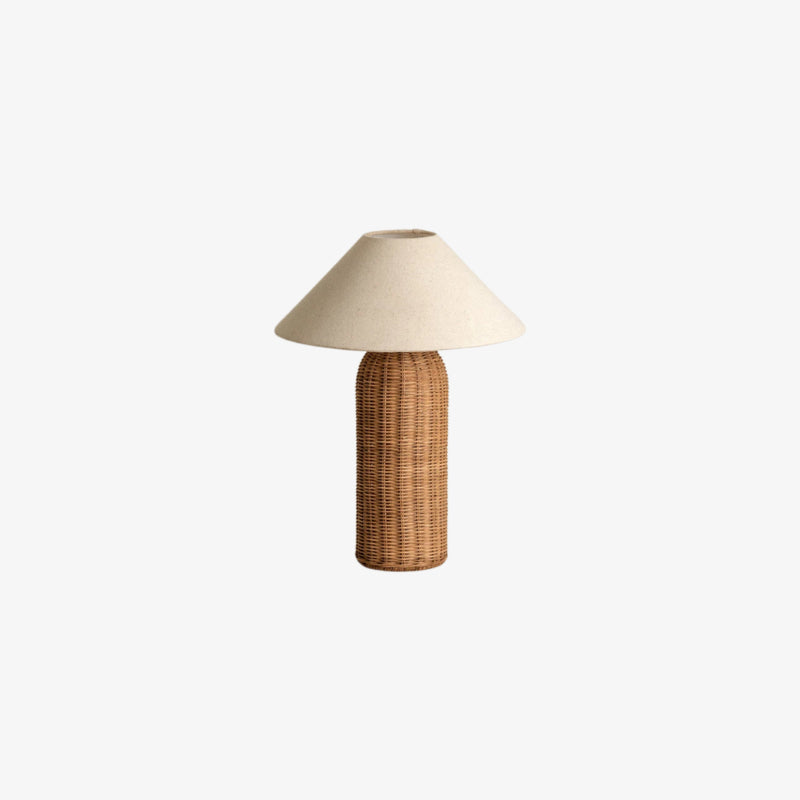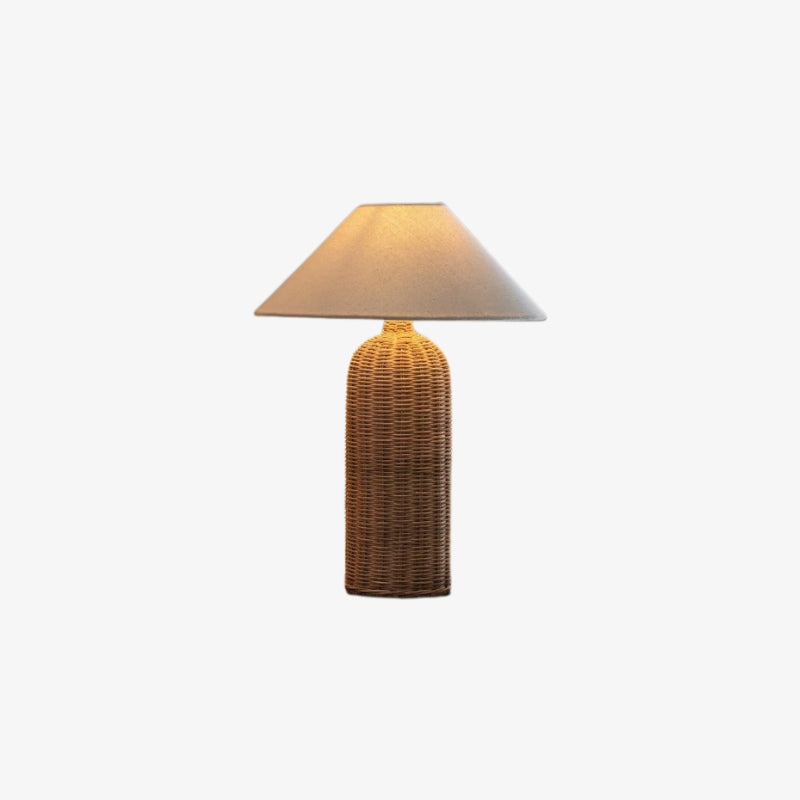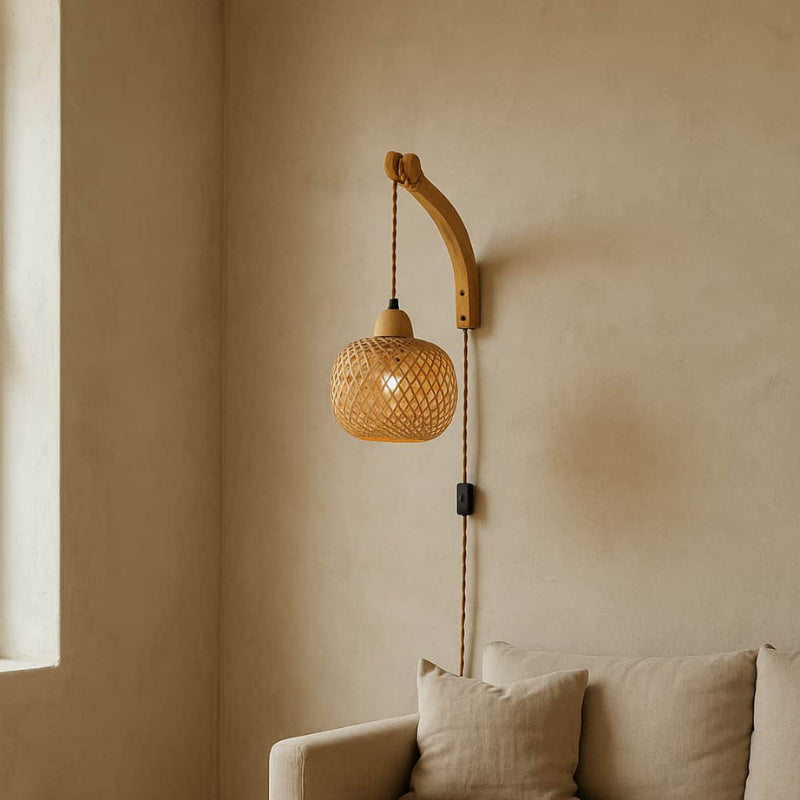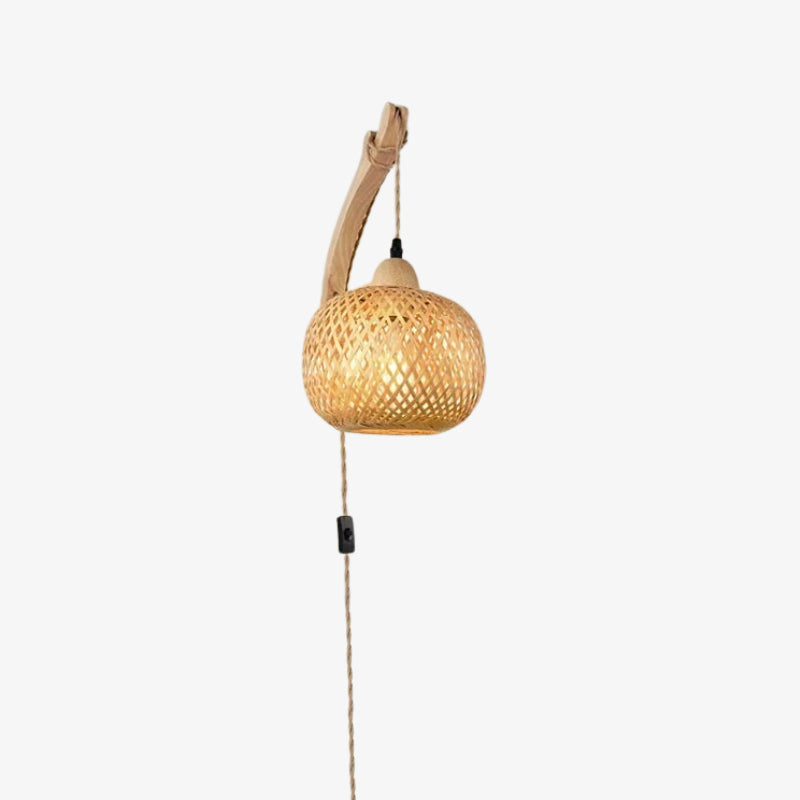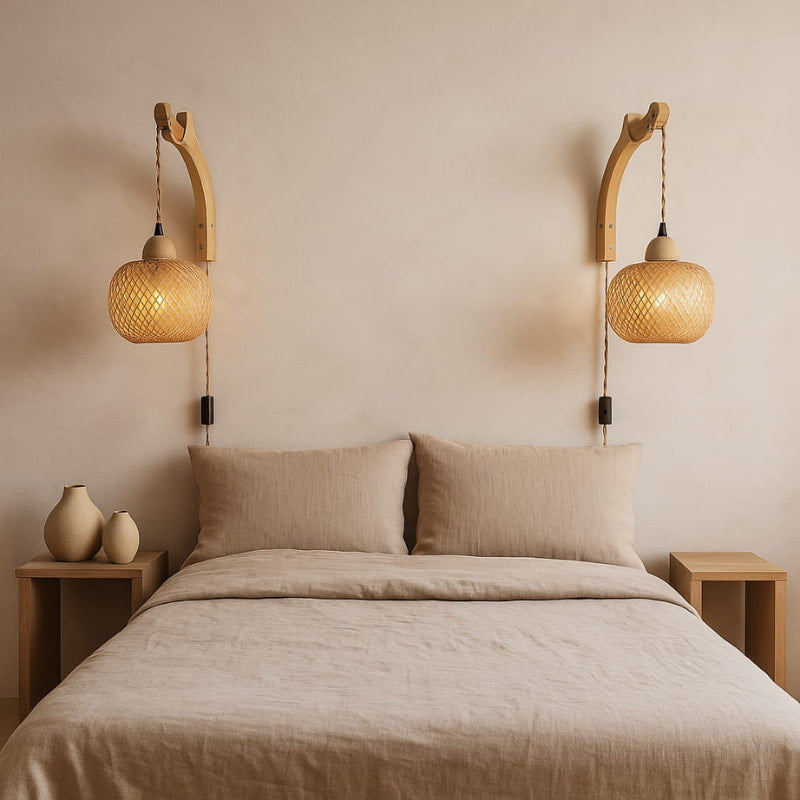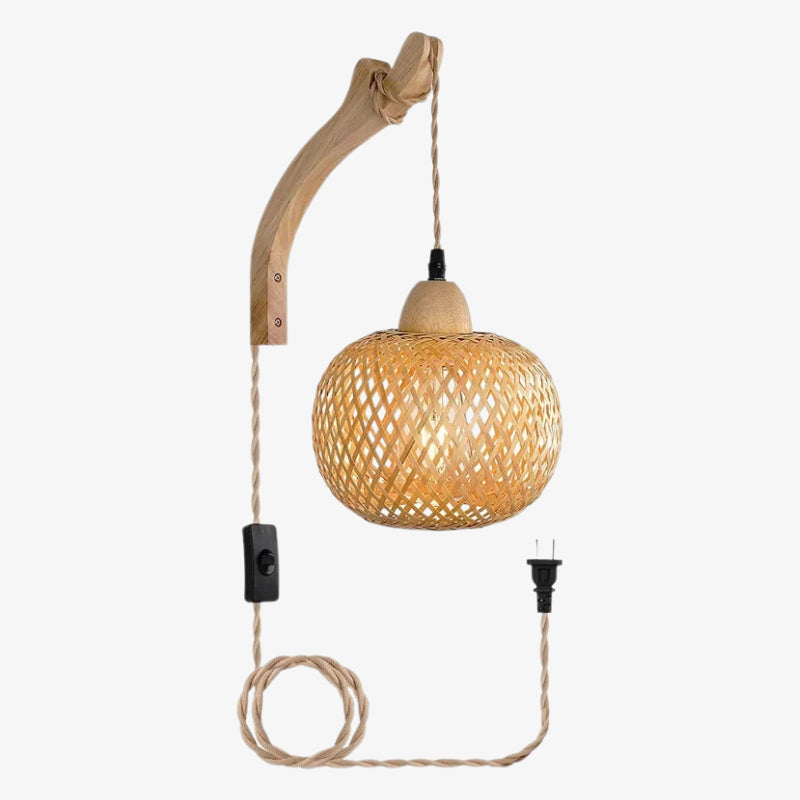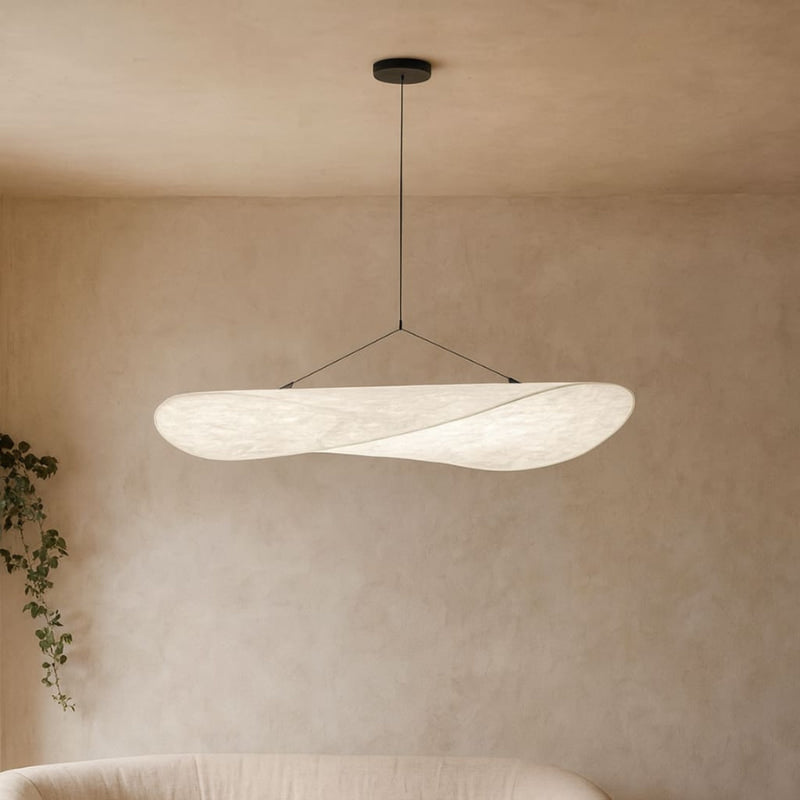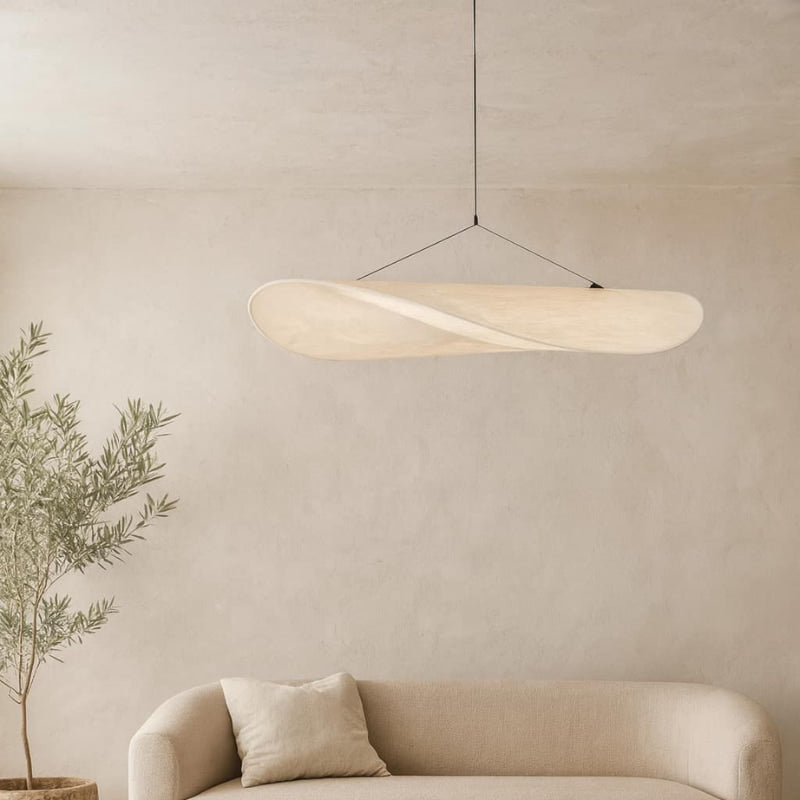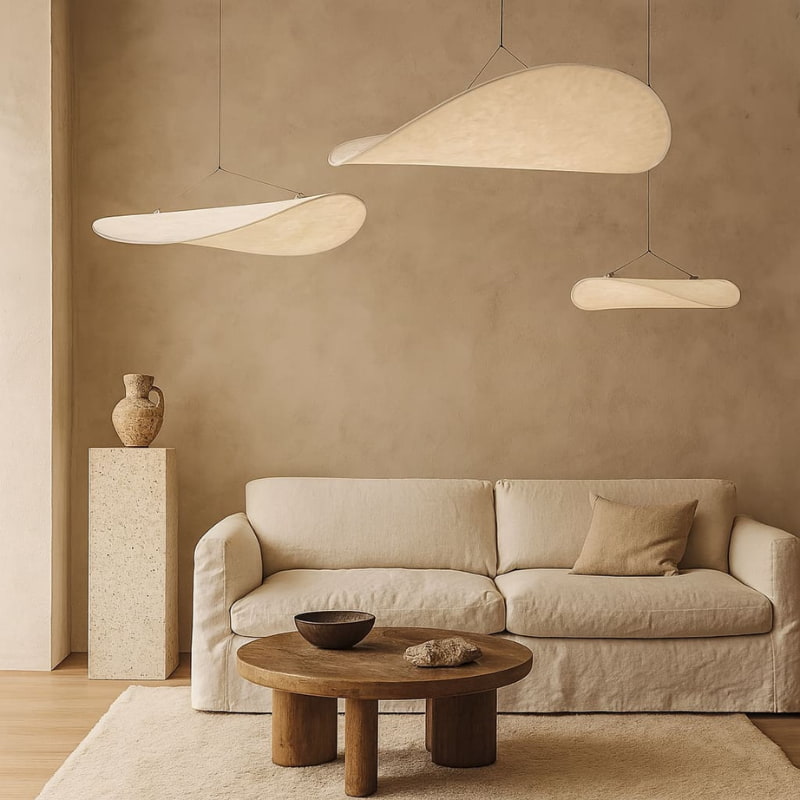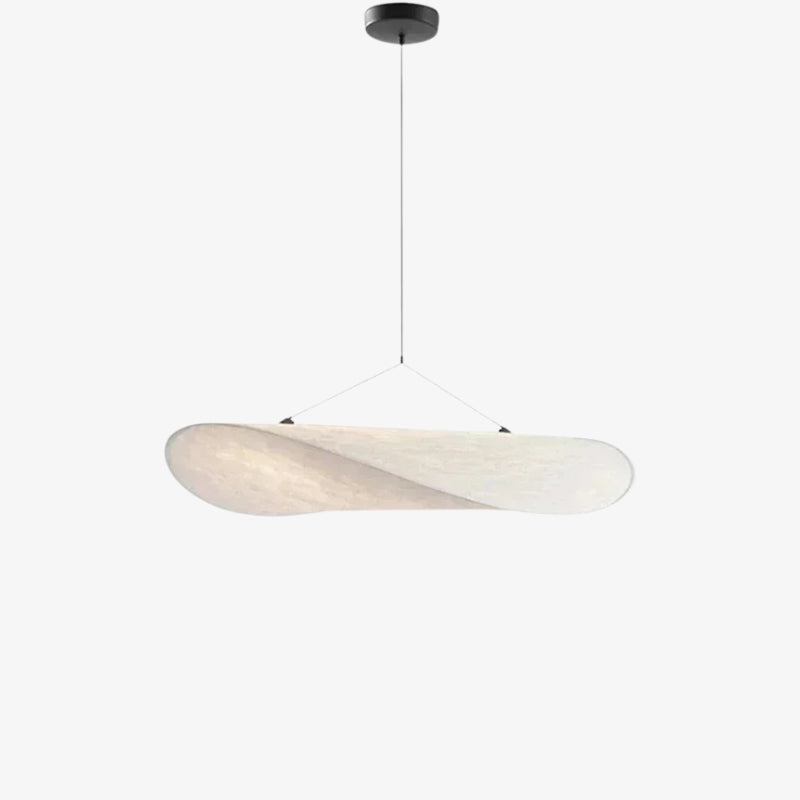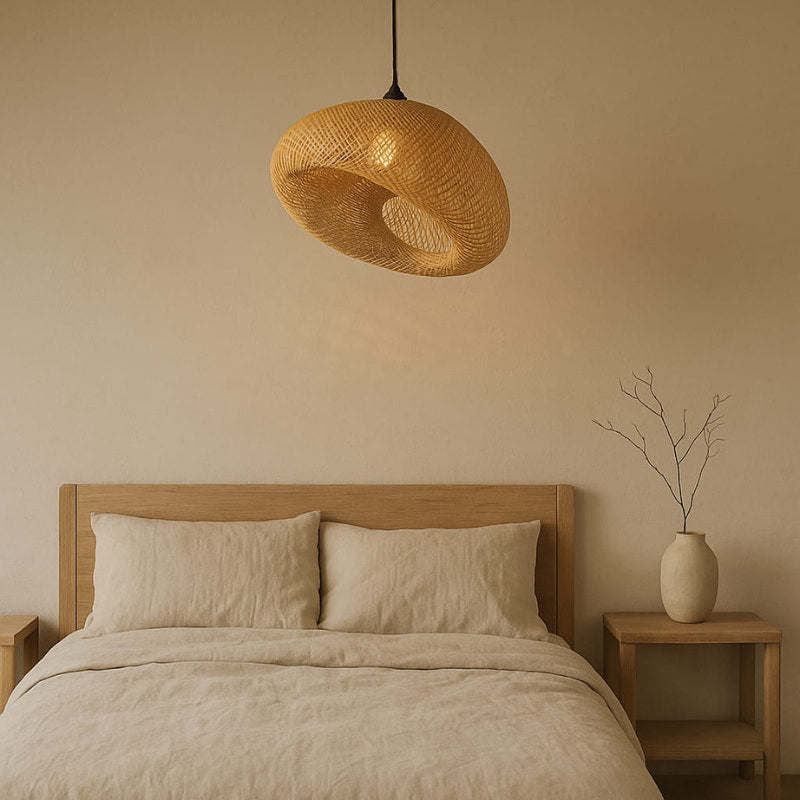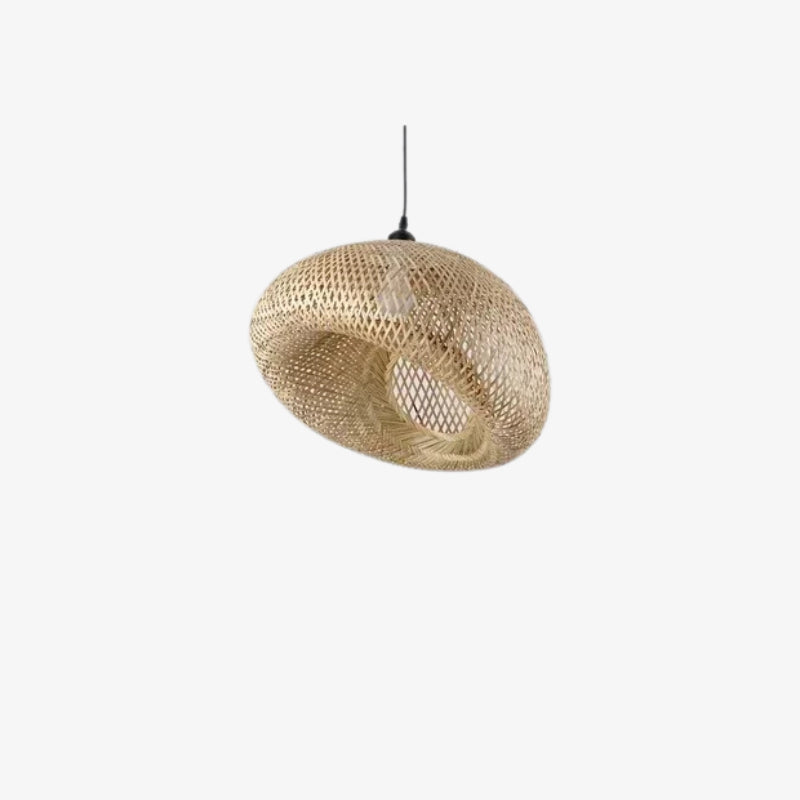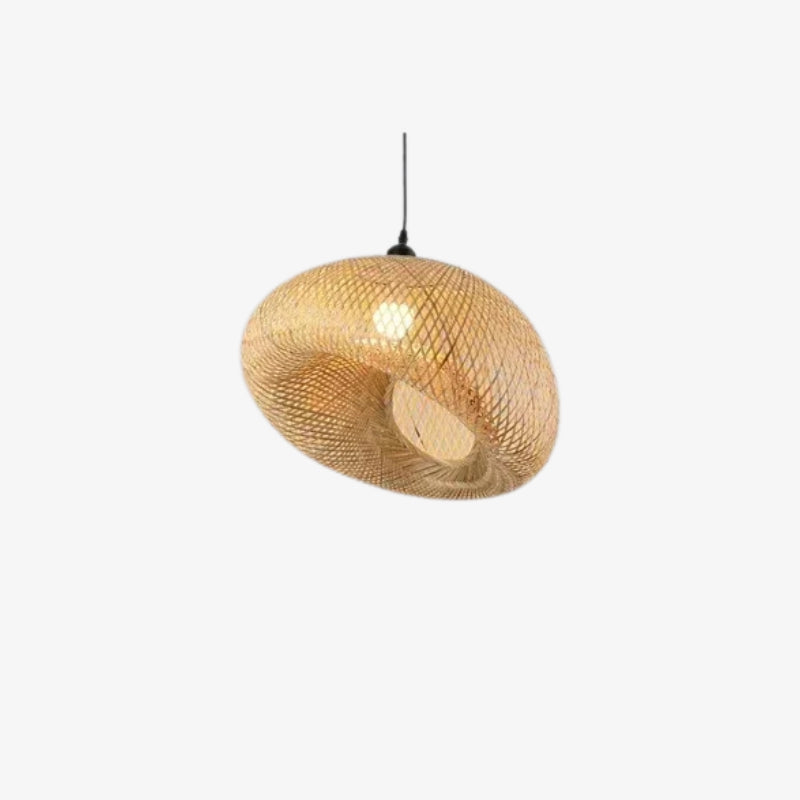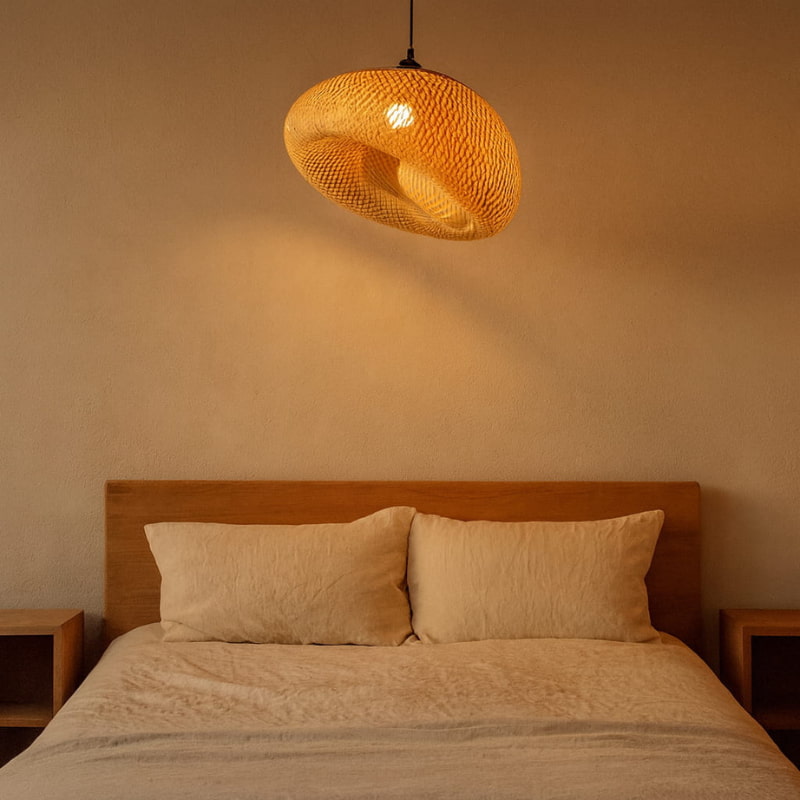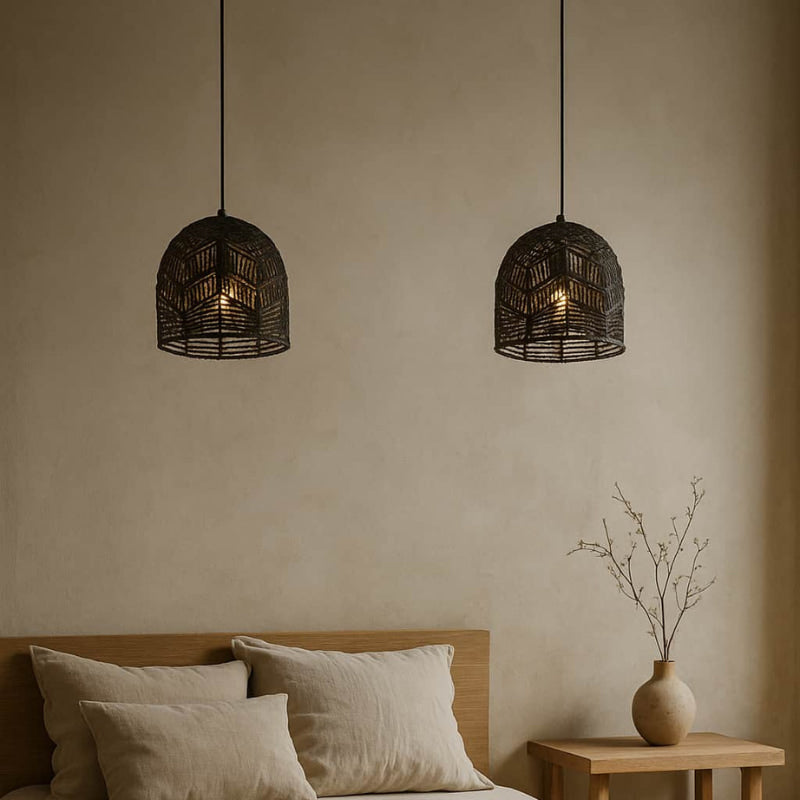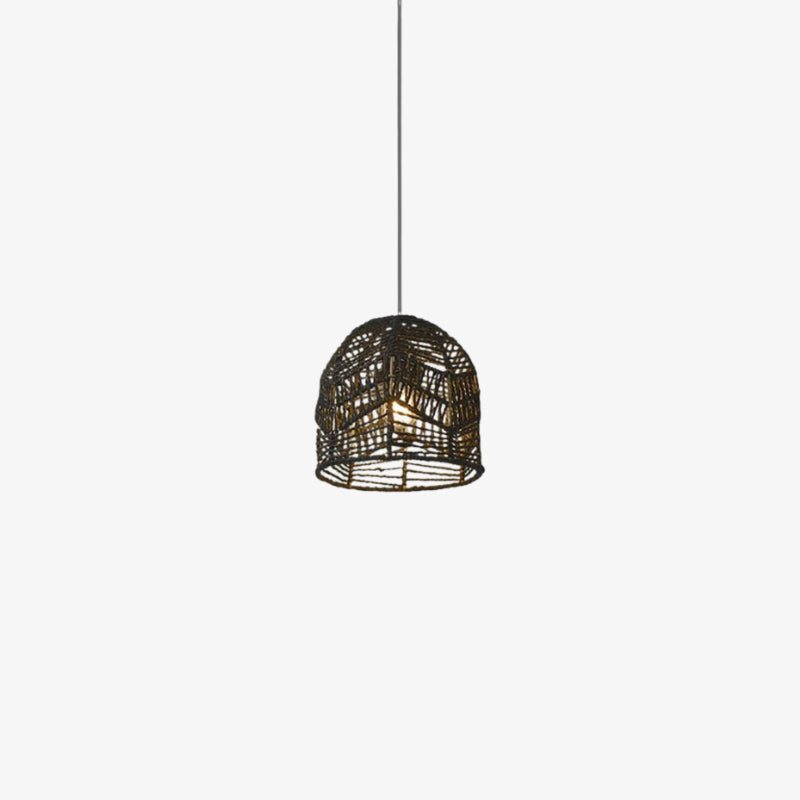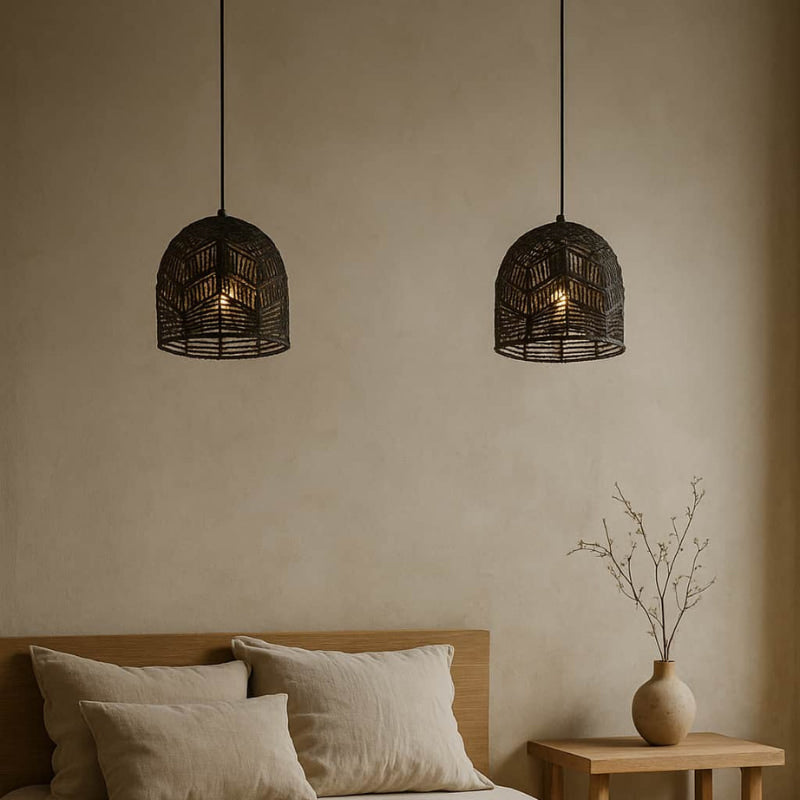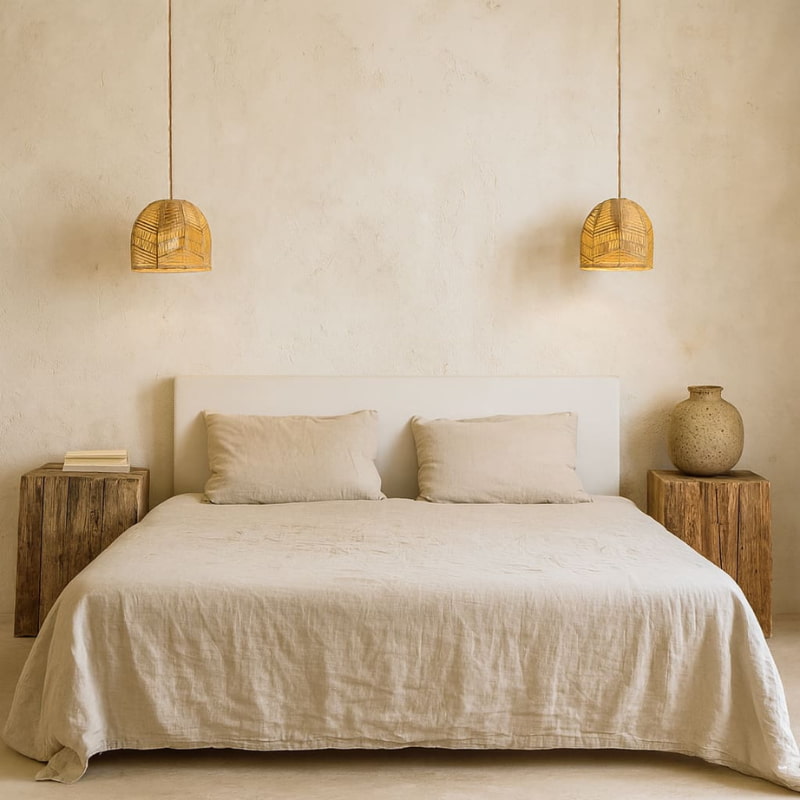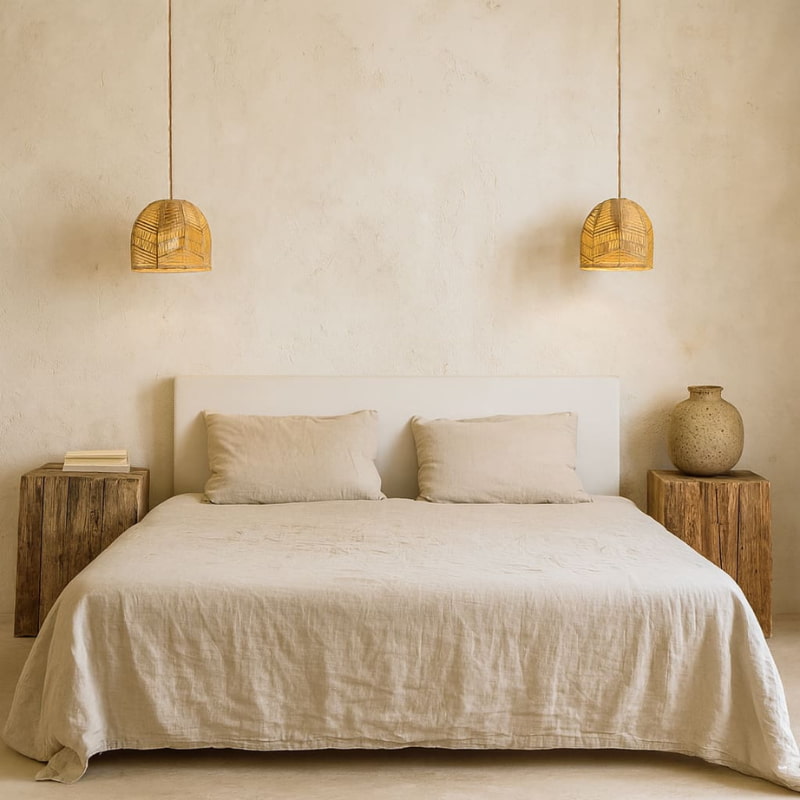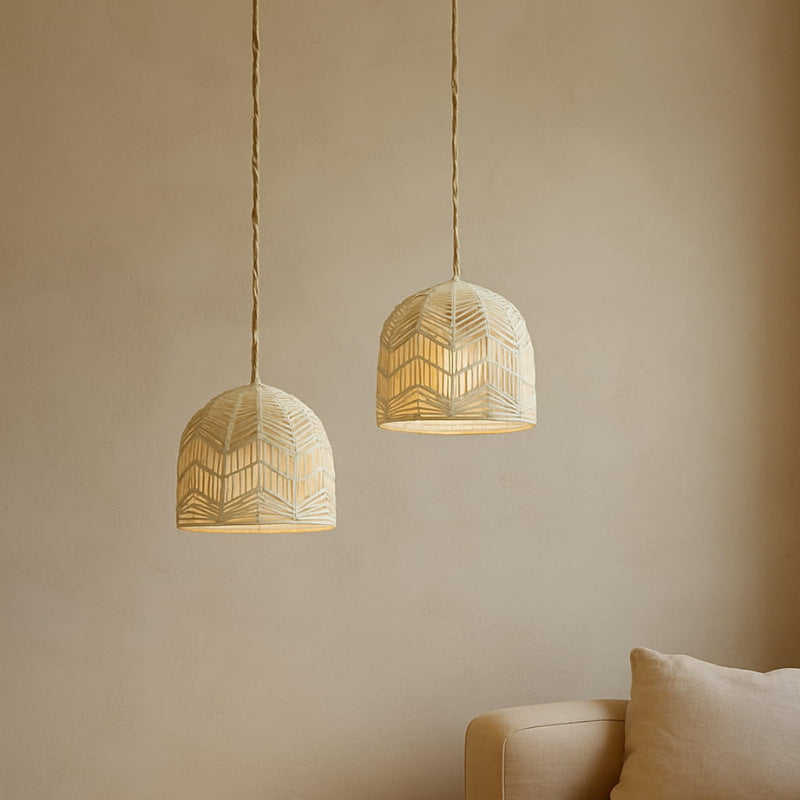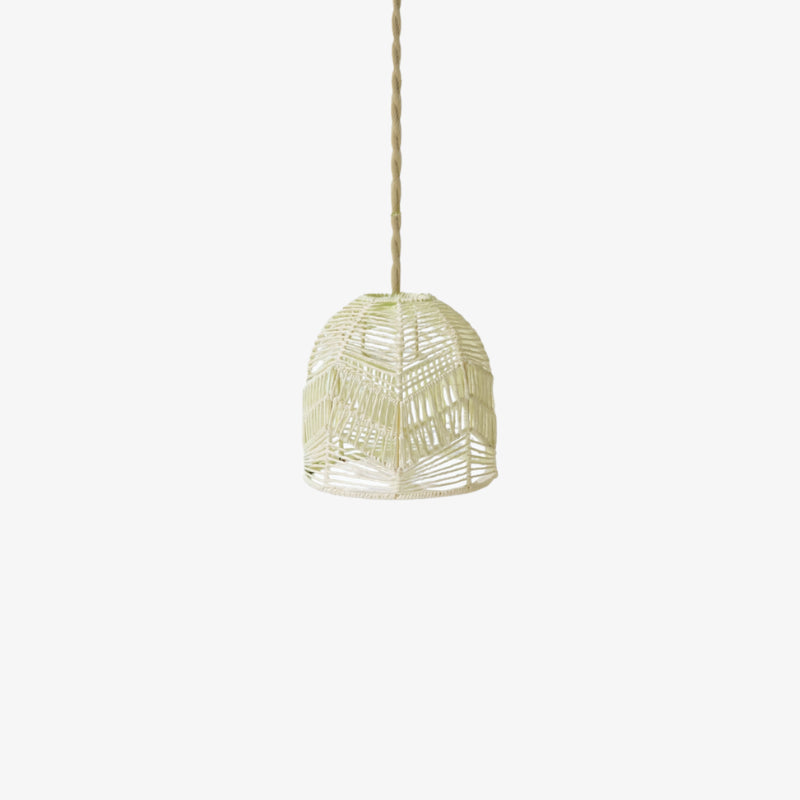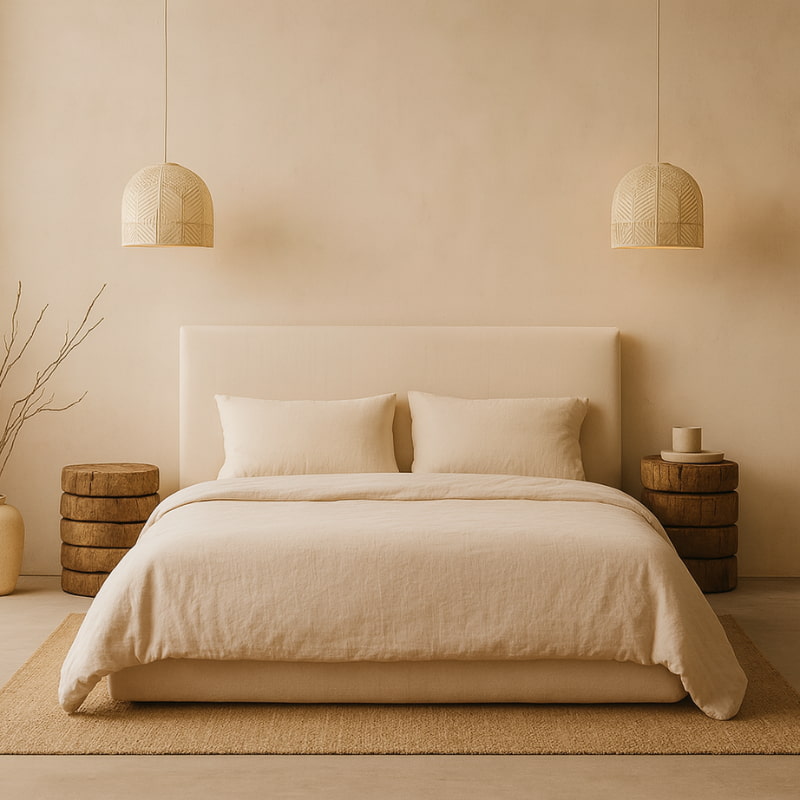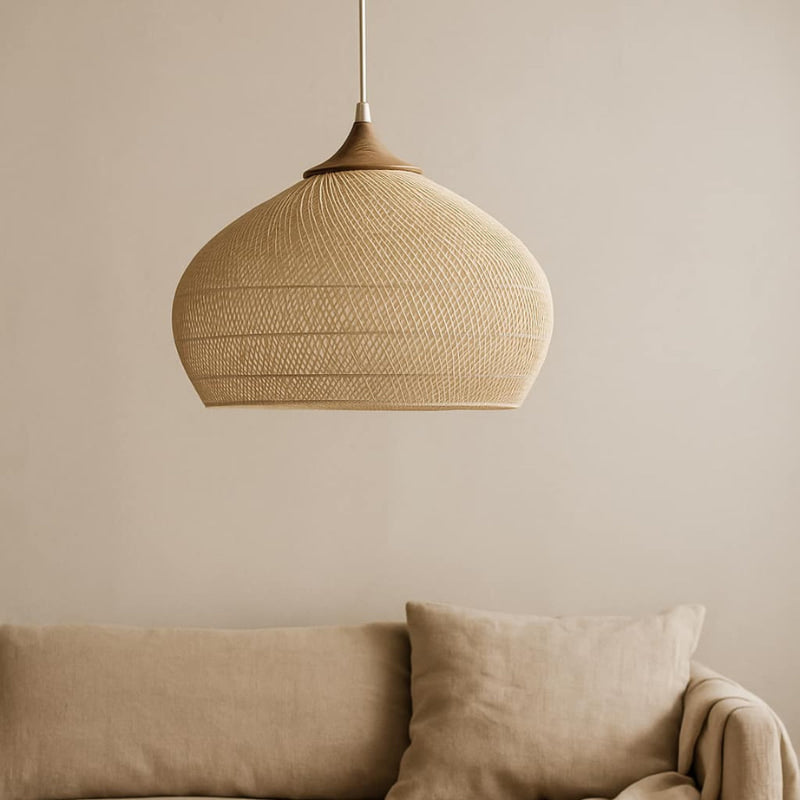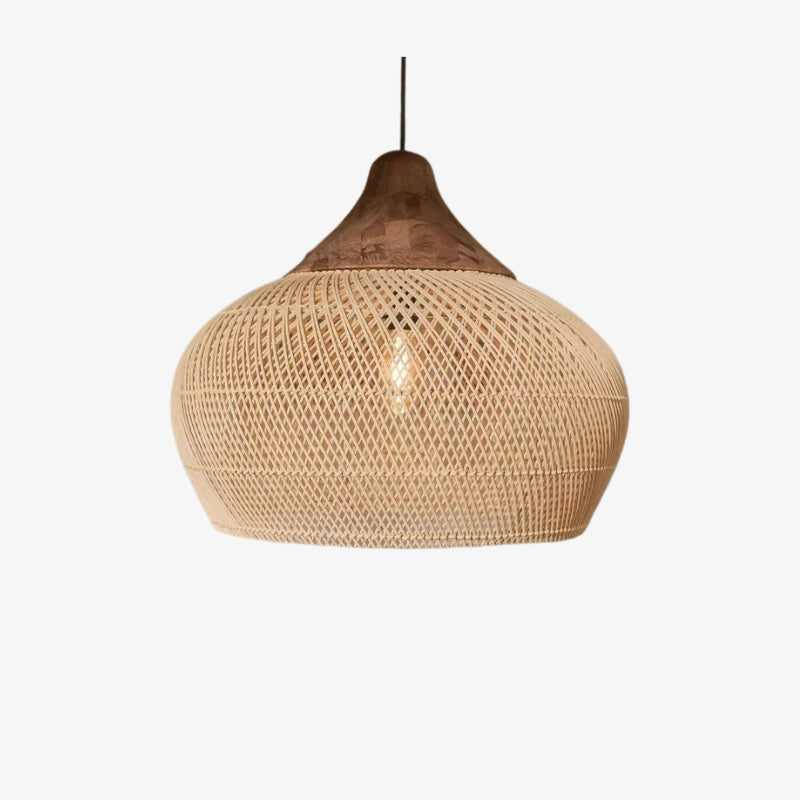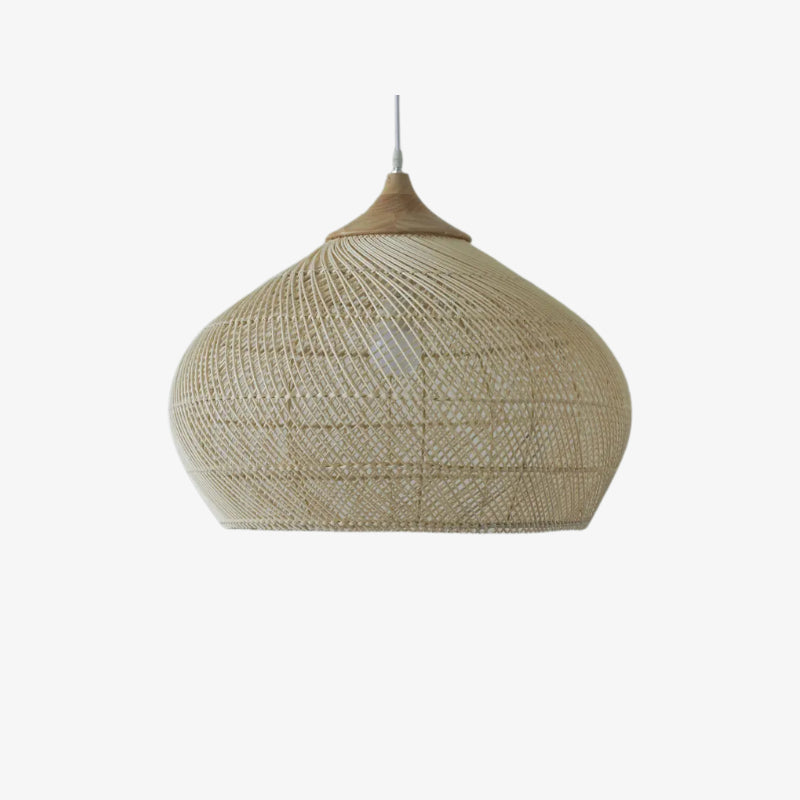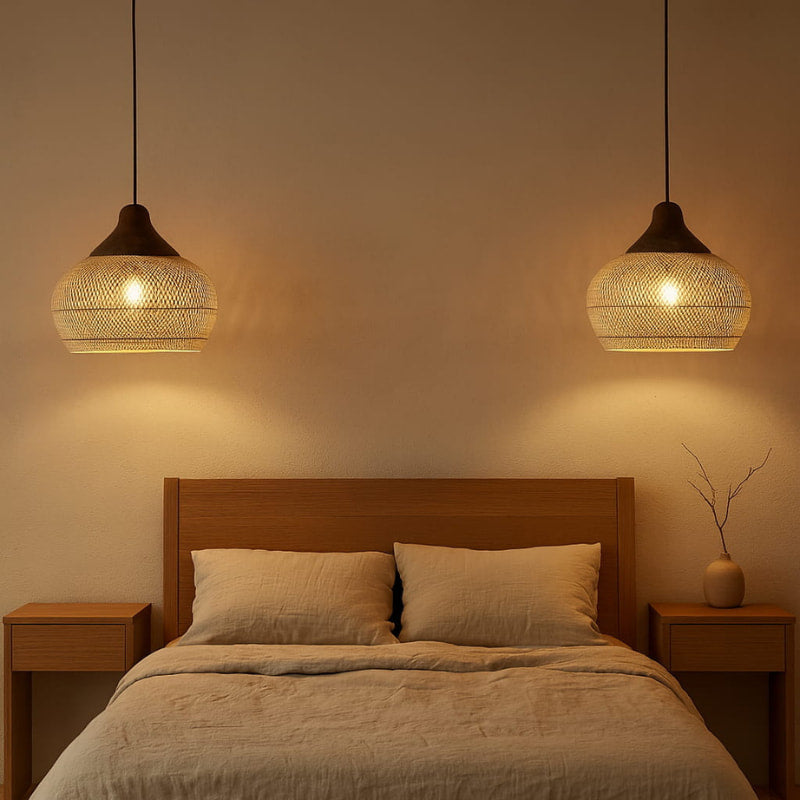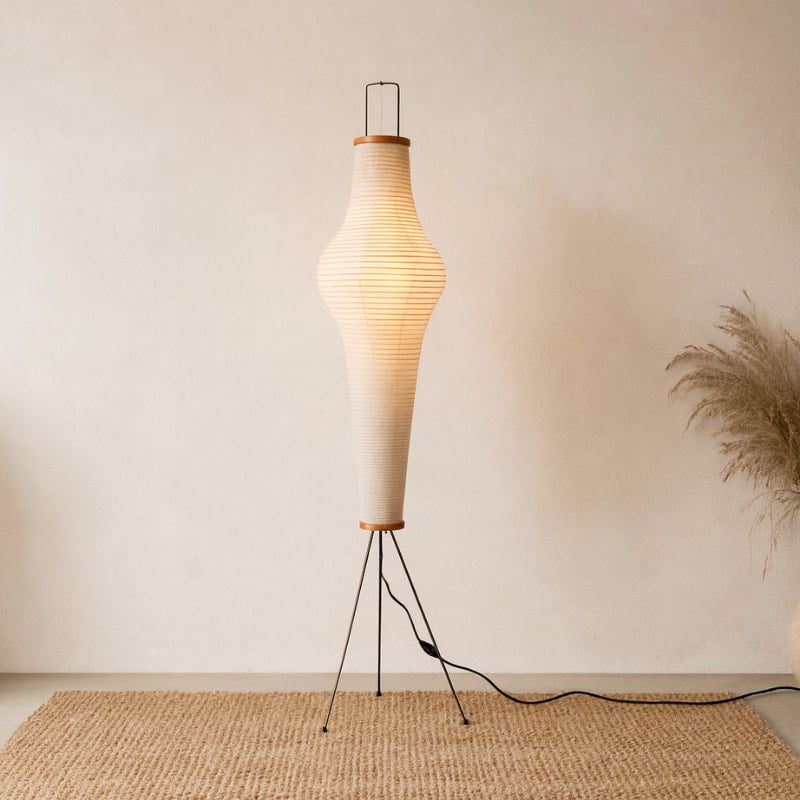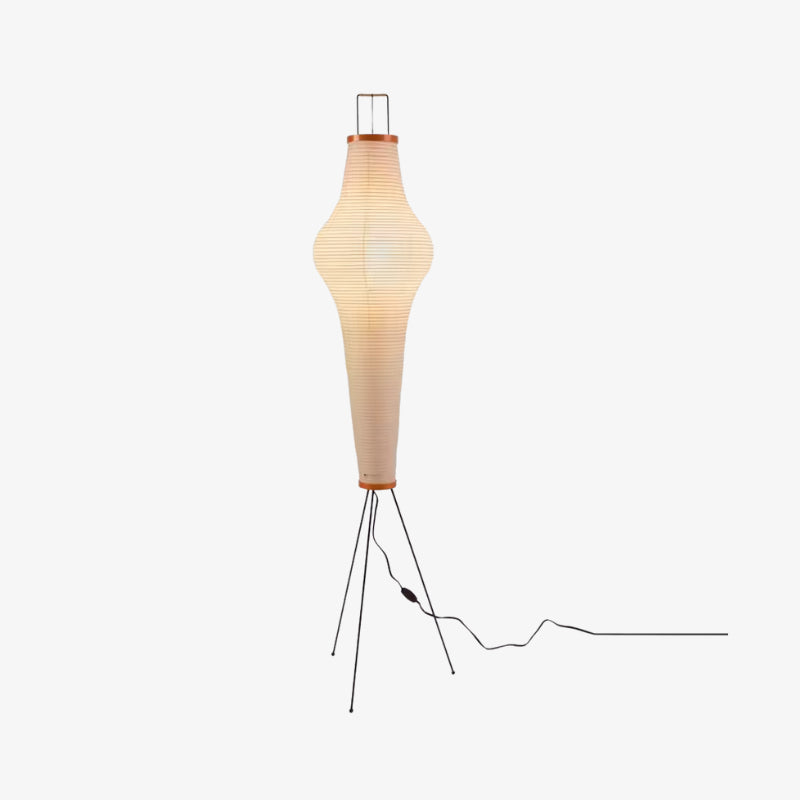Read more
Wabi Sabi Pendant Light features and benefits
Begin with lighting that serves people before objects. A pendant guides the eye, softens edges, and keeps conversation easy from first coffee to late evening wind down. Mid-toned shades, low sheen finishes, and gentle diffusion calm glare so faces read naturally in every seat. In the middle of this plan, Wabi Sabi Lighting turns brightness into atmosphere, letting wood grain, stone, and linen hold depth without harsh hotspots.
Use proportion to tune mood and clarity. A shallow dome spreads a wide pool for meals, while a taller drum defines a tighter circle for reading or craft. Several modest pools feel calmer than one overpowering source, and they protect sightlines across the table. When a room needs a focal point in a higher volume, a carefully scaled piece complements a nearby Wabi Sabi ceiling light so the whole composition stays balanced and humane.
At the heart of a well-edited scheme, a soft diffuser and a fabric cord support a warm, tangible glow, and the room reads with the quiet confidence of Wabi Sabi Light rather than a stage set. Let honest materials carry the story. Woven fiber, paper, clay, and matte glass absorb a little light and scatter the rest, which invites touch and slows attention. Subtle irregularities add character that grows with use instead of shouting for it.
How to choose a Wabi Sabi Lighting
When the layout favors lighter lines, a measured nordic Wabi Sabi pendant light holds the volume while the plan stays airy and precise. Match diameter to viewing distance and task. Over a dining table, keep easy eye contact across plates and place the lowest point near seated eye level. Over an island, stagger two or three smaller forms to cover the full length without glare. In stairwells, protect headroom yet keep the silhouette legible from below.
Sketch footprints before drilling. Draw the table, map pendant circles, and mark chair positions and walking paths. This five-minute rehearsal removes guesswork and reveals whether you need variations in drop or shade width. If you blend influences for clarity and order, let the grid stay simple and let the calm aesthetic lead, while a discreet nod to Japandi lighting can help organize spacing without stealing attention from materials and proportion.
Coordinate forms with architecture and art. Align pendant centers to table midlines and rug edges, repeat one texture once, and echo one tone in a nearby frame or bowl. If a second zone needs a sculptural note, choose a branching form with modest output and place it at a respectful distance; in this arrangement a thoughtful Wabi Sabi chandelier supports the scene instead of competing with the primary pendant.
Wabi Sabi Chandelier Light use and care
Set a simple cleaning rhythm and keep it steady. Dust canopies and shades monthly with a soft cloth, vacuum woven surfaces with a brush attachment on low suction, and wipe glass with lint-free towels. Replace harsh sprays with mild methods suited to the finish so textures stay rich and edges stay smooth. These habits preserve glow and keep the room comfortable between meals, reading, and quiet talks.
Manage bulbs with intention and consistency. Keep spares in the same color temperature so the mood does not drift after a quick swap. If flicker appears, check dimmer compatibility and tighten connections. In a layered plan, the pendant carries the atmosphere while floor and table lamps handle tasks; this balance keeps evenings gentle even when a nearby large large Wabi Sabi chandelier adds a soft, secondary voice in a larger volume.
Respect heat, moisture, and movement in busy zones. Keep fabric and paper clear of steam and high heat, and leave a hand’s width between shade and active appliances. On sloped ceilings, use a swivel mount so the drop hangs true, and coil excess cord neatly inside the canopy instead of twisting it along the line. With these details in place, the pendant aligns cleanly with related families of Wabi Sabi style lighting across adjoining rooms.


